Winter in Japan road trip: the best of the Chubu region in 7 days
Disclosure
Welcome and thank you for visiting this article. Before you start reading, you need to know that some of the links on my website are affiliate links from which I receive a small commission from the sale of certain items, but the price remains the same for you.
Follow me on Instagram for your daily dose of wanderlust inspiration!
Connect with me on Instagram!
The Chubu region in Japan should be on your list of places to visit because it is home to many amazing tourist attractions. However, it’s obvious that you cannot visit all these fantastic sights in one week but some places are just a little bit more special during winter in Japan.
One of the main reasons that we took off for this trip was that our former employer from Meekatharra, Western Australia, celebrated his 60th birthday at the Akasuka Onsen Resort in Myoko Kogen and invited us to join him.
Since I stayed with Nao and her family for a little while, we flew from Fukuoka to Tokyo, rented a car, and combined this birthday party with a visit to Nagano’s Snowmonkey Park, Shirakawa-go’s World Heritage Village, and Mount Fuji.
If you are planning a trip during the winter season in Japan then read on as I will share my personal experience, useful tips, and inspiring photos of the journey.
READ ALSO: The perfect itinerary for Japan in 3 weeks
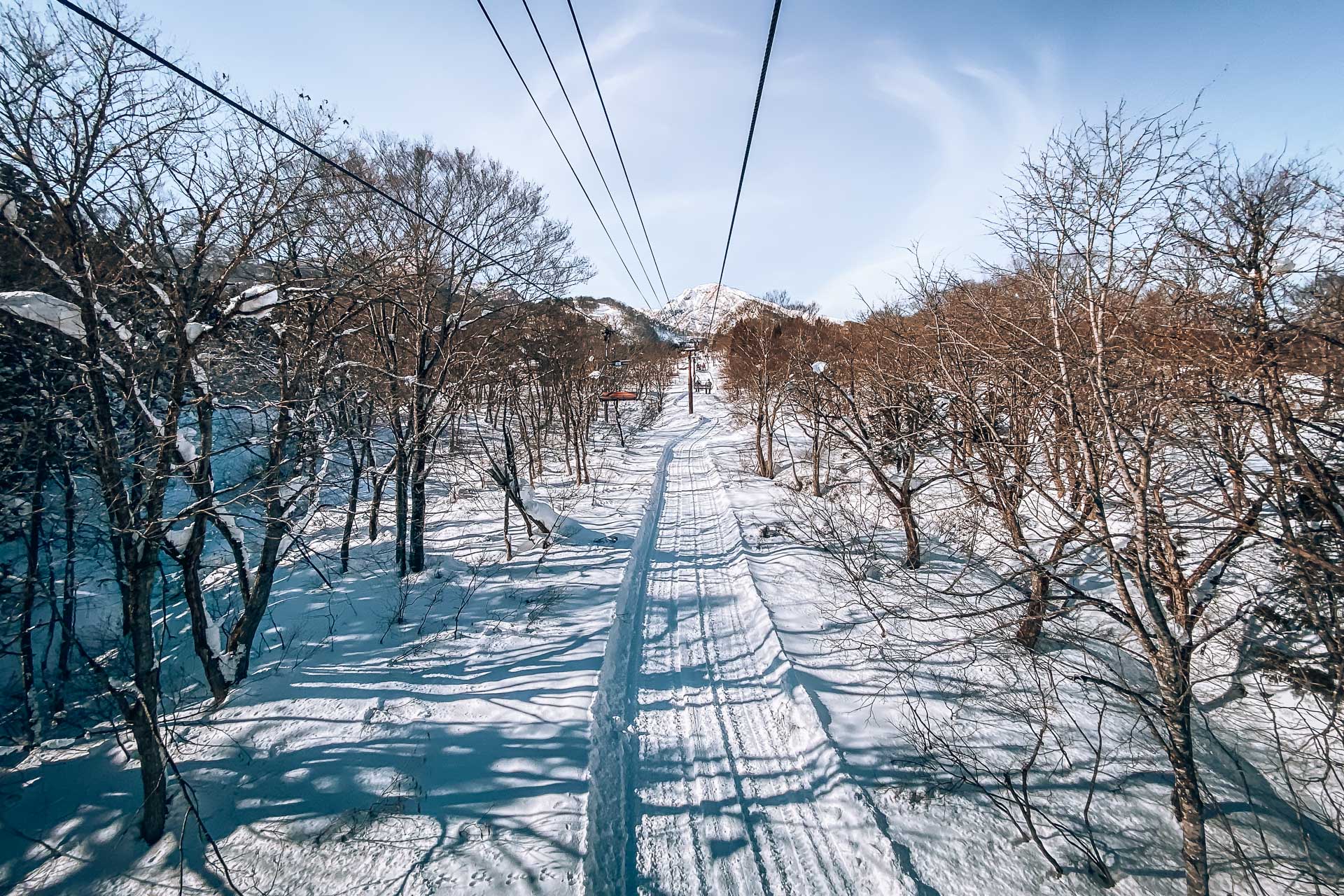
How to get to the Chubu region?
Although Tokyo is located in the Kanto region and not in Chubu, it’s an excellent starting point because most international flights fly to Tokyo and rental cars are frequently cheaper. International flights from Europe to Tokyo are between €600-900 for a return flight, while flights from the USA are around €500-750
Nagano, Shizuoka, and Nagoya are some of the major cities in the Chubu region, though finding English-speaking car rental companies and international flights may be more difficult.
For this winter in Japan itinerary, we took a domestic flight from Fukuoka to Tokyo Narita Airport (NRT) and rented a car at the airport to explore all the places in this article.
How to get around Chubu?
We chose to rent a car because it was simple and pretty affordable. For only €30 / 4000 JPY per day, we rented a car including insurance and snow chains as this was necessary to drive on the roads in the mountain areas around Myoko Kogen and Shirakawago. The roads were very icy and without the snow chains, it wouldn’t have been possible to drive on some roads.
DiscoverCars and Klook have some pretty good deals for rental cars in Tokyo, however, we rented through a local agency Samurai Car Rental which was perfect for this trip.
It’s possible to explore almost everything on this itinerary with public transport and the JR Railpass to get around but it might take some more time, so keep in mind to add a few more days to your Japan itinerary. The JR Railpass costs around €200 / 29500 JPY for a week and you can travel anywhere in the country.
However, if you don’t want to rent a car or begin your trip somewhere other than Tokyo, you can still explore the highlights of the Chubu region from cities like Nagano, Nagoya, or Shizuoka with a JR Railpass.
During my trip to this amazing country back in 2019, I traveled from Tokyo to Fujikawaguchiko and Takayama by taking the highway buses, which were also incredibly simple and affordable.
READ ALSO: The perfect itinerary for Japan in 3 weeks
BOOK: Get a JR Railpass BEFORE you visit Japan and explore the country in a comfortable way
Map of Japan
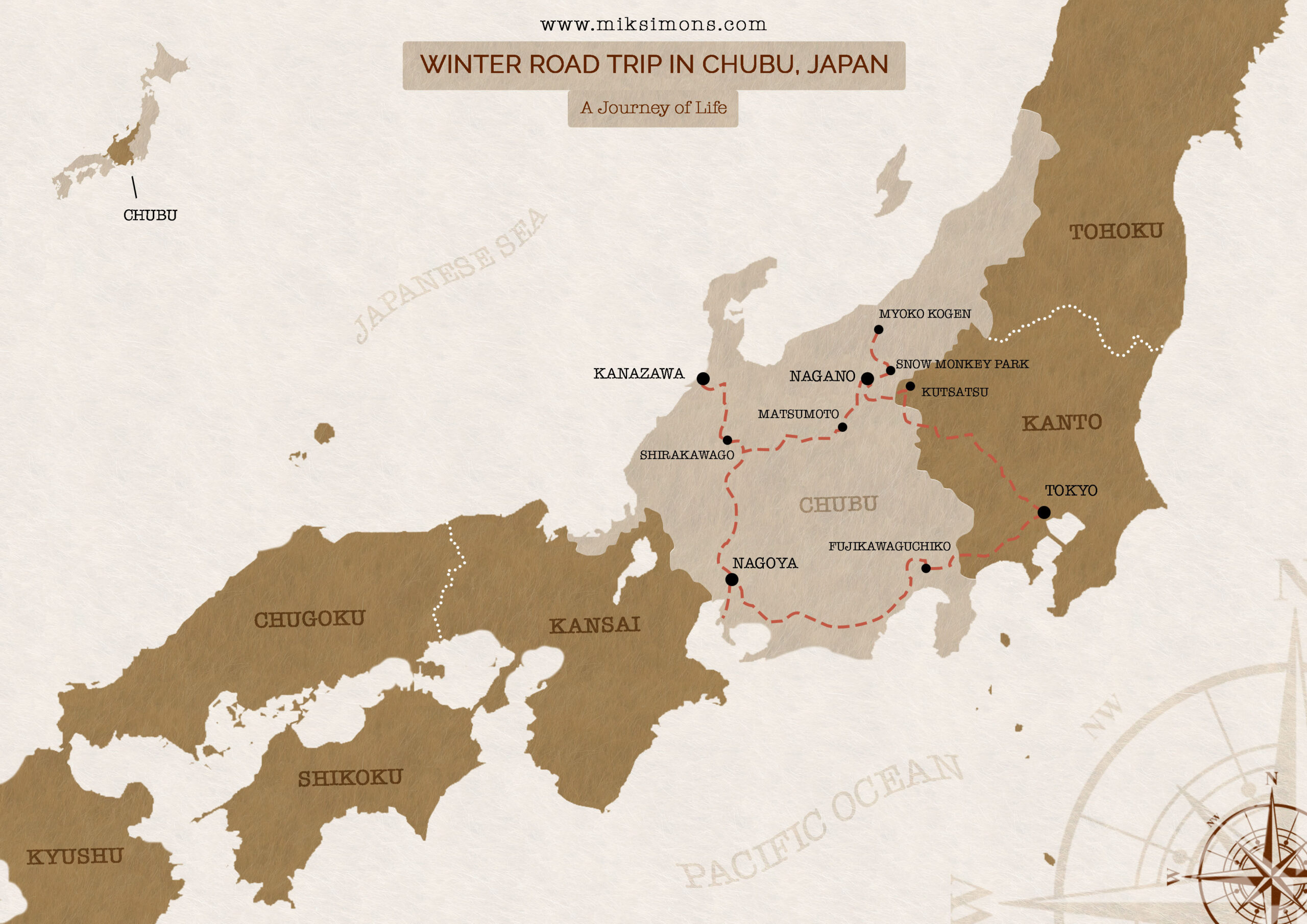
The best time to visit Japan
A road trip during the Japanese winter is a bit more challenging but definitely awesome as the highlights of this itinerary are more unique to explore during this time of the year. Although, Autumn and spring are generally considered to be the best times to explore this region as the vibrant foliage of spring and fall completely transform the landscapes into a picture-perfect setting.
It was a truly enchanted journey thanks to the picturesque mountain villages that were blanketed in snow and the moody landscapes.
We also decided to go snowboarding for a few days in the Japanese Alps of Myoko Kogen as we were invited for a birthday party and winter in Japan is, of course, the best time to do so.
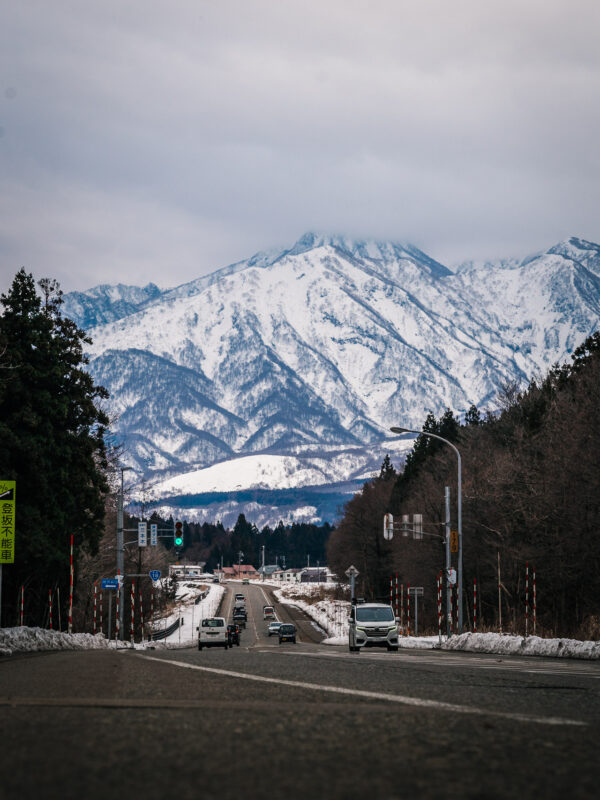
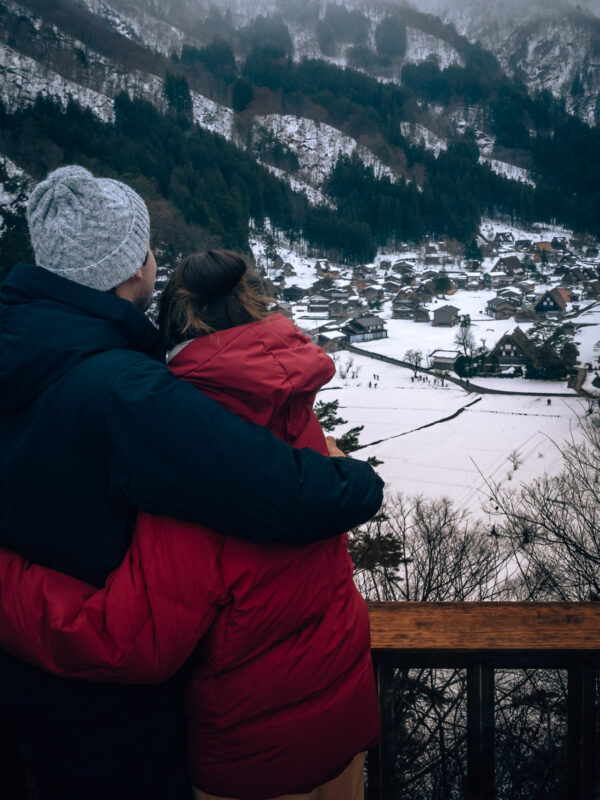
Where to stay?
The Chubu region is a vast area with many options for accommodations and some amazing places to stay. The bigger cities have plenty of hotels and hostels while staying in a traditional ryokan is something unique that you have to experience on your Japan itinerary.
A ryokan is a Japanese-style guesthouse where you mostly sleep on a futon bed on the floor. When you visit a village known for its onsen, you will typically have access to a private or public onsen that gets its steaming water from the natural hot spring. These hotsprings have a healing effect on your body and skin.
For instance, during our stay in Yamanouchi and Fujikawaguchiko, we stayed in a ryokan that included a private onsen for only €60 / 8500 JPY per night in a private room.
If you’re travelling solo, you can easily find hostels in the region for €25-30 / 3500-4200 JPY per night, or if you prefer to stay in a private room with your own bathroom, you can expect to pay around €60-100 / 8500-14200 per night, depending on your budget and preference.
READ ALSO: 21 Best hotels in Japan
Travel essentials for a winter road trip in Japan
After exploring this amazing country for a while, I’ve picked up on a few essentials that will make your time here much more pleasant.
Getting a WiFi router as soon as you land at the airport is a great idea if you want to see a lot of the world in a short amount of time, such as three weeks in Japan.
Getting a WISE Card is another great piece of advice that can come in very handy. Because it has the lowest international transaction fees and provides instantaneous conversion of EUR or USD to JPY, I use my Wise Card to make purchases and withdrawals daily (and other currencies)
Here are a few more items that I think will come in handy during your time in Japan, in addition to the ones already mentioned.
- Get a WIFI router on arrival at the airport
- Get a WISE Card
- Download these apps before you arrive
- Google translate (thank me later)
- Hyperdia
- Japan Travel App
- Purchase a Passmo or Suica card
- Buy a Japan Rail Pass
- Apply for a Japanese translation of your driving license
- A power bank and international adapter
- Reusable water bottle
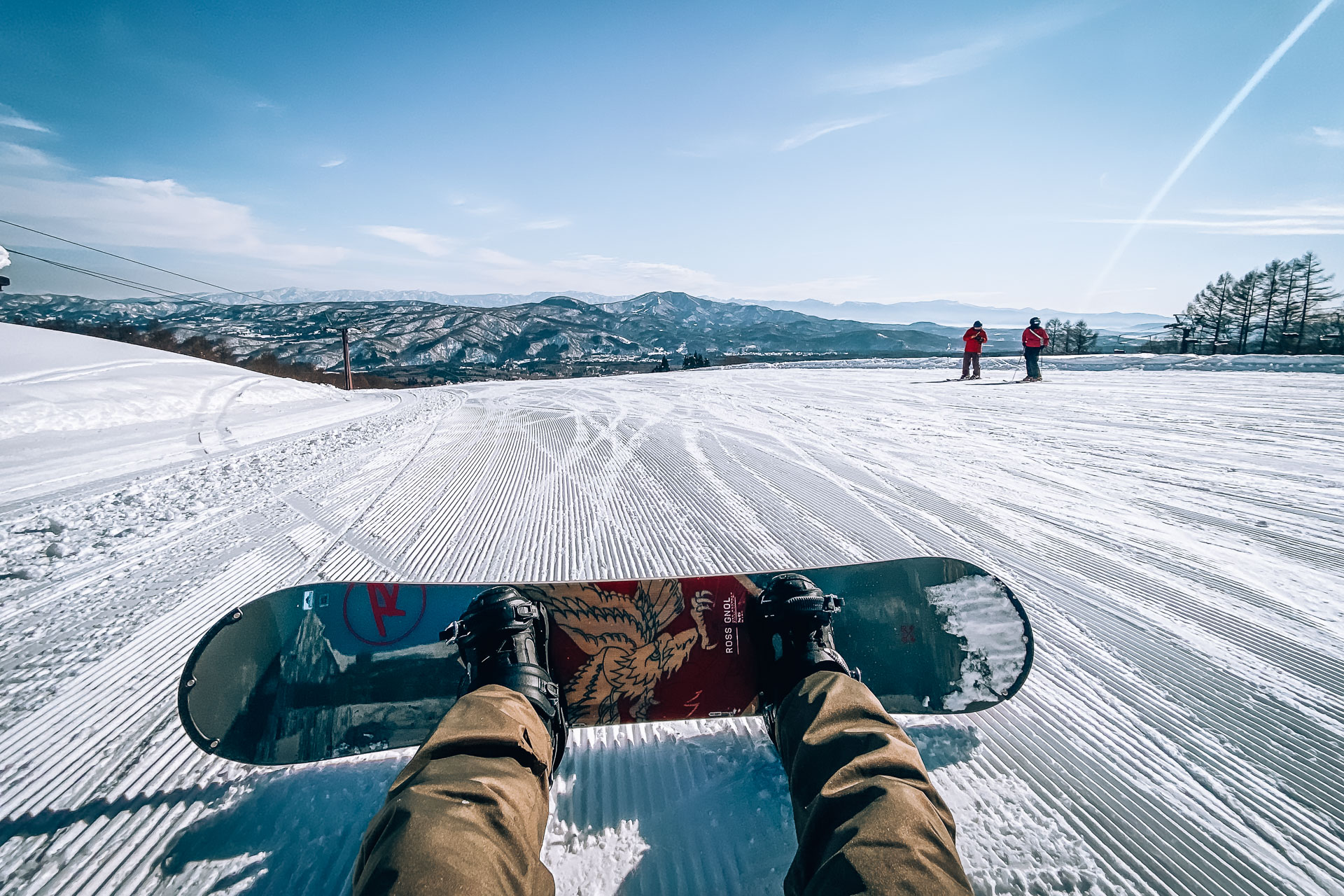
Winter in Japan: A road trip in the Chubu region
Day 1: Tokyo to Yamanouchi
Distance: 265km – 3h 50min (toll road)
Where to stay: Kaneki Hotel in Yamanouchi
To make the most of your day, it’s best to search for flights arriving early in the morning. We took a domestic flight from Fukuoka to Tokyo Narita Airport early in the morning and picked up the rental car as soon as we landed to drive directly to Kusatsu Onsen Town, which is recognized as one of the most charming and well-known Onsen Towns in all of Japan.
The village is famous for its natural hot spring that’s located in the middle of the village where you can walk around if you can stand the strong sulfur smell but also the technique that the locals use to cool down the extremely hot water from the source of the hot springs.
At the Kusatsu Onsen Netsunoyu, you can admire a dance performance that demonstrates in an interactive and traditional way how they cool off the steaming hot water from the source of the hot springs without adding tap water. Adding tap water reduces the natural power and effect of the hot springs.
Very interesting to see!
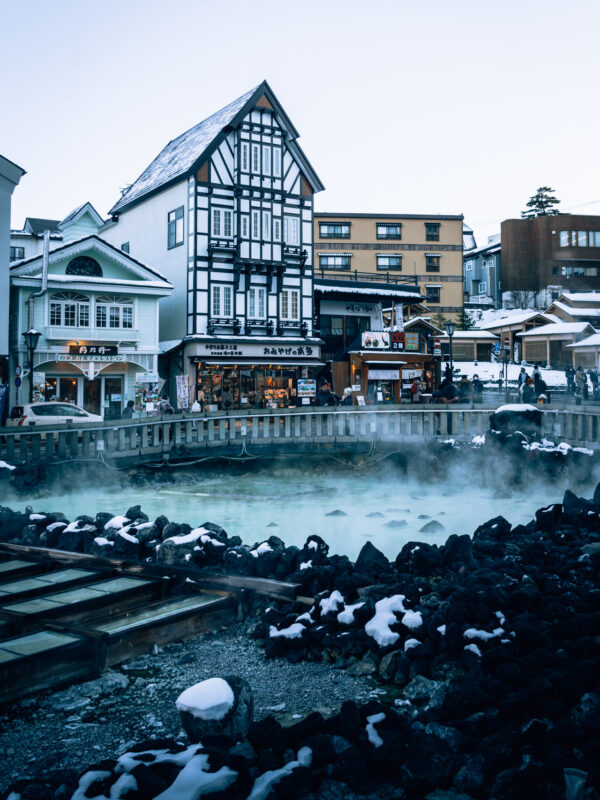
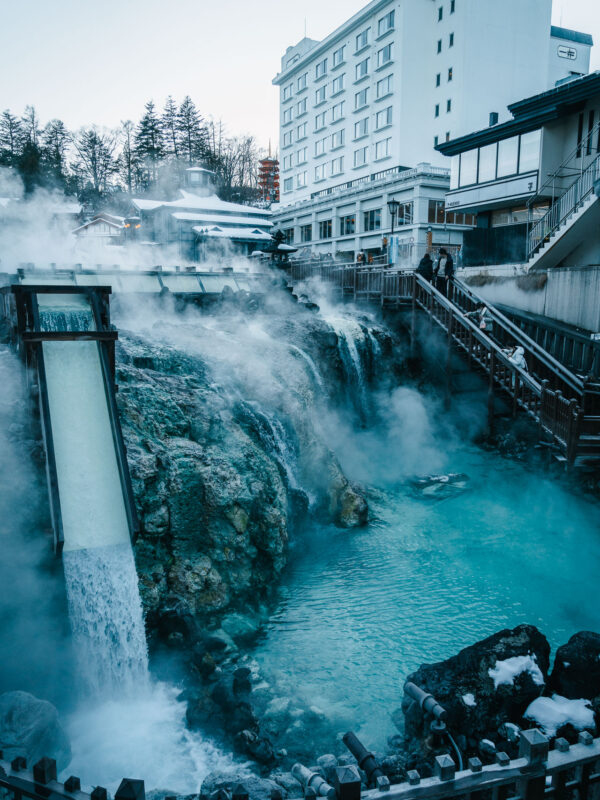
You can also visit the stunning Kosenji temple and Pagoda, which are located in the village, and look out over the town. We came here in the winter, and the views over the snow-covered village were truly magical.
After wandering around the town for a while, we continued to our accommodation in Yamanouchi.
On the way to the Ryokan in Yamanouchi, where we were staying, we were treated to some breathtaking panoramas, with the rising and setting suns providing a fitting backdrop.
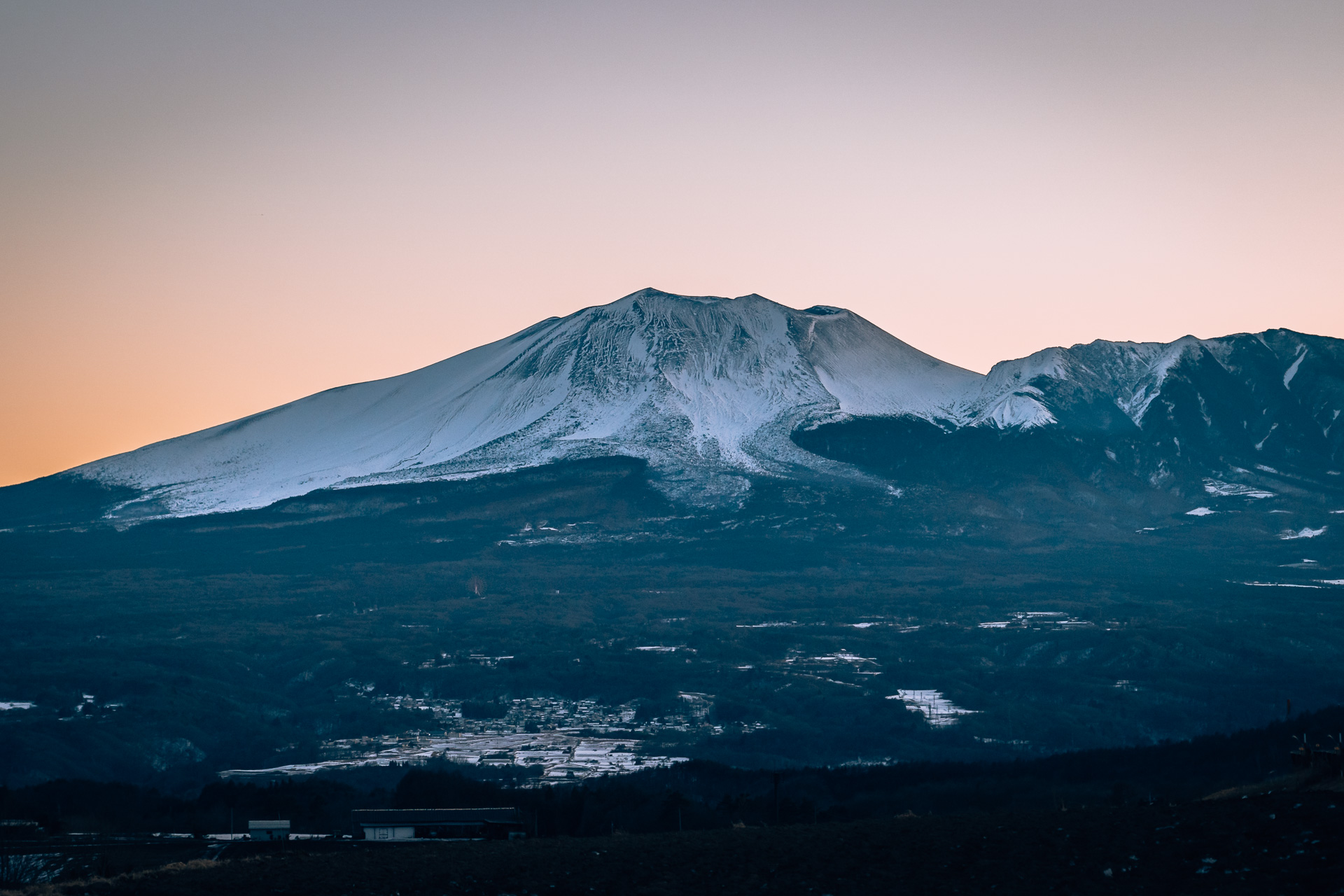
The hotel is was actually amazing as it features both a private and a public onsen and it was located in the charming village of Yamanouchi where you can also go for a stroll along the river or relax in one of the village’s many public hot springs.
TIP: Drive cautiously, check which roads are open, and equip your vehicle with snow chains if needed. Roads are often closed or dangerously slippery during the winter months.
Google Maps showed which roads were closed during the winter.
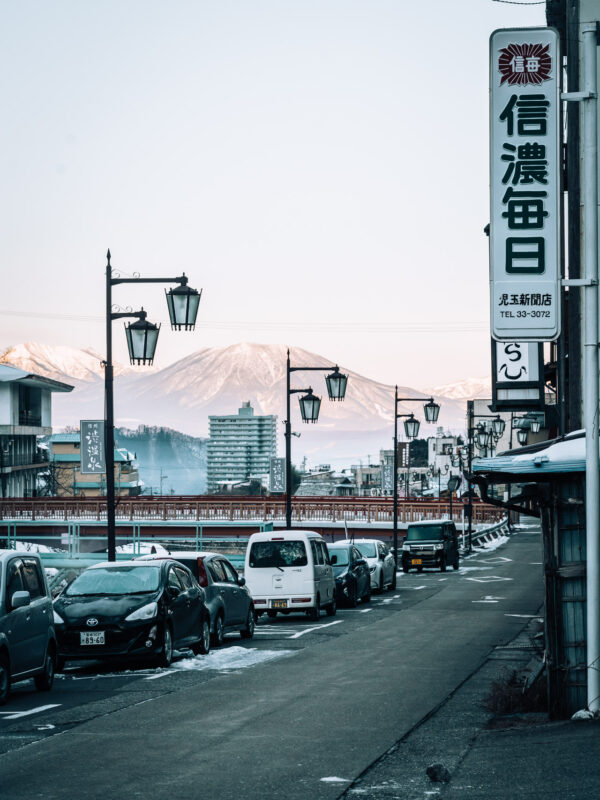
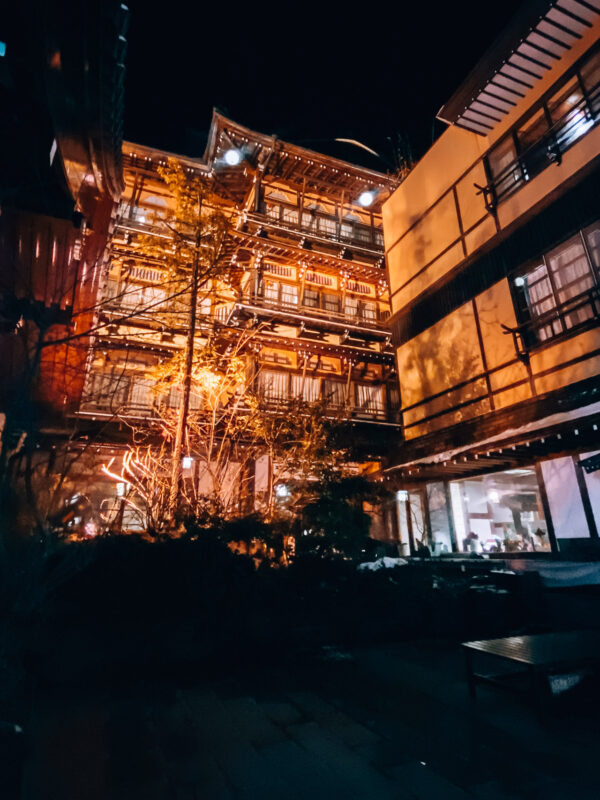
Day 2: Jigokudani Snow Monkey Park
Distance: 75km – 1h 20 (toll road)
Where to stay: APA Hotel Joetsu Myoko-Ekimae in Myoko
One of the reasons we decided to stay in Yamanouchi is because of the fantastic hot springs in this town. Another reason is that it’s located nearby Jigokudani Snow Monkey Park, which was one of the most exciting places we visited during this road trip in Japan.
You’ve probably heard or seen something about this place on social media or the internet. In this picturesque mountain area, you can watch the adorable Japanese Macaque monkeys playing around and enjoying the hot springs. This is unique to see, especially in the winter when the area is covered in snow and the monkeys use the hot springs to stay warm.
You can easily spend a few hours in the park and take pictures while admiring the monkeys that have fun in the onsen.
READ ALSO: Jigokudani monkey park: the most famous hot spring with monkeys in Japan
BOOK: Explore the Jigokudani Snow Monkey Park from Nagano with a guided trip
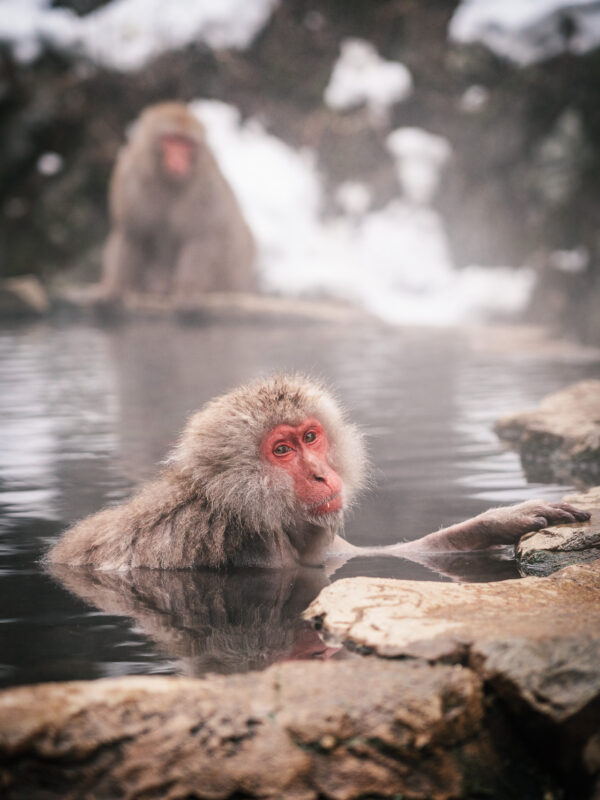
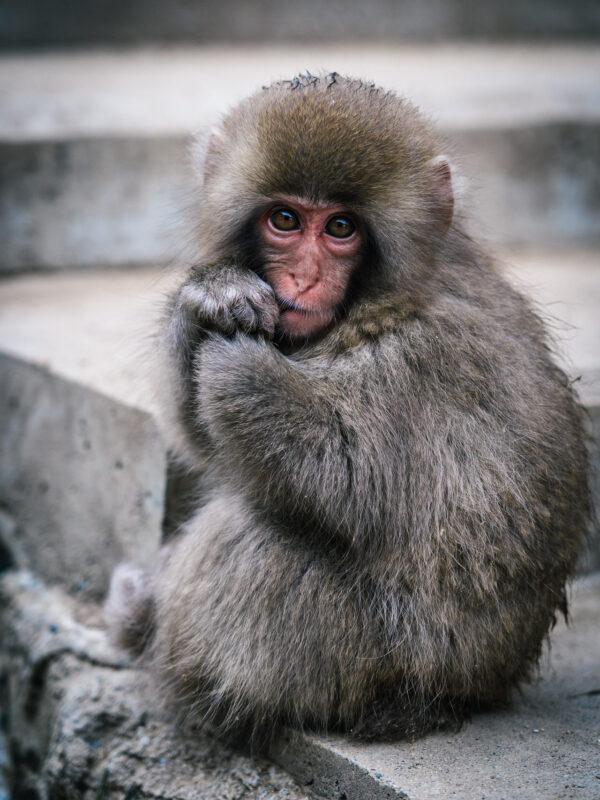
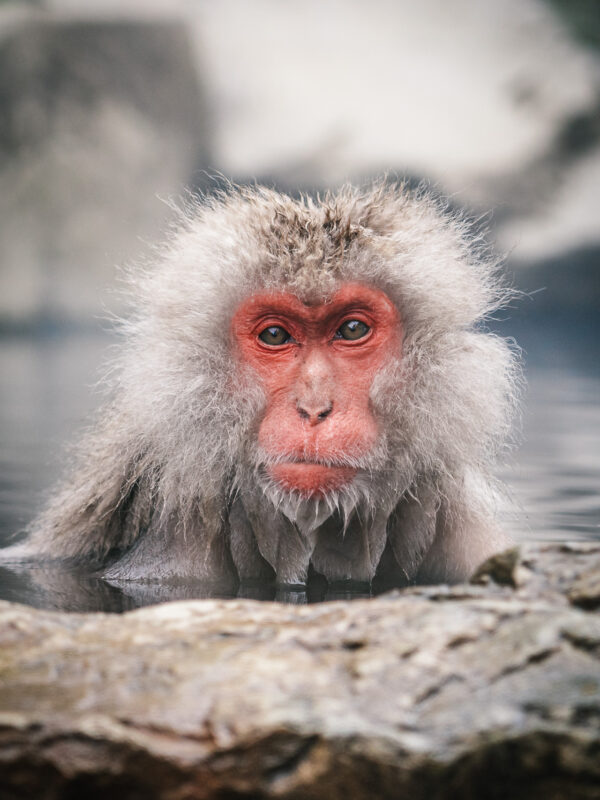
In the afternoon we drove to Myoko Kogen, but along the way, you’ll pass a beautiful waterfall that is definitely worth a visit. Surrounded by a stunning landscape, the Naena waterfall is completely covered in white in winter, giving it a winter wonderland atmosphere.
However, the hiking trail was inaccessible because there was at least 40 cm of snow on the trail that completely covered the 3-kilometer path to the waterfall. Although we tried to get there, we gave up after sinking to our knees in the snow.
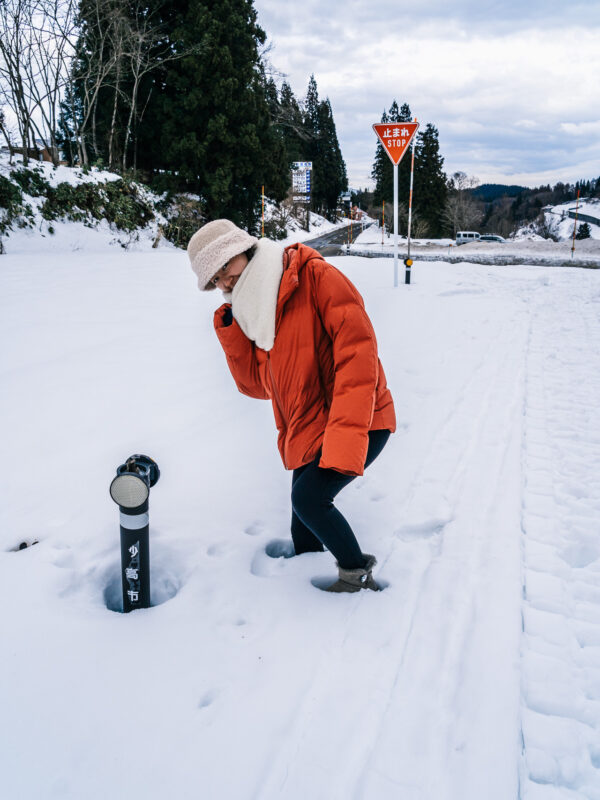
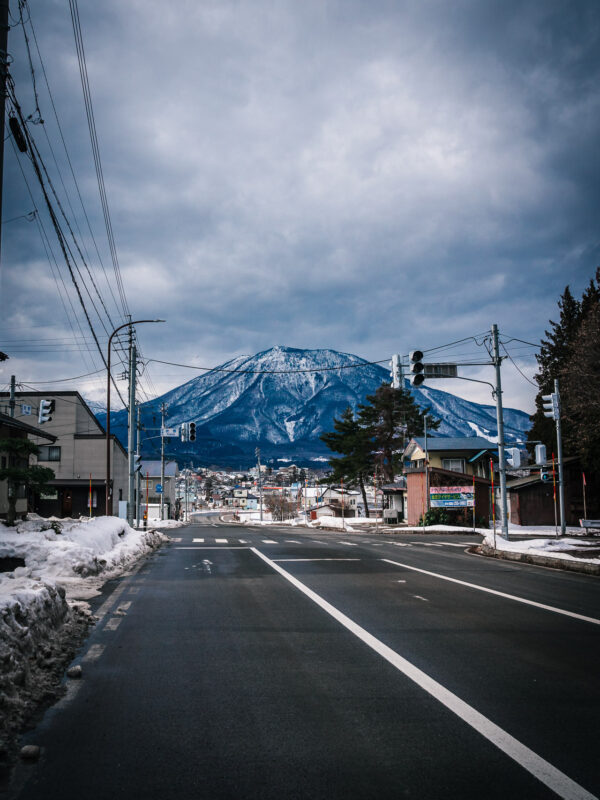
Since our hotel was about 30 min. from Myoko Kogen, we decided to check in our hotel first and unpack all our bags before heading back to Myoko Kogen where our former employer from Australia was staying.
Later that night, we celebrated his birthday and enjoyed some drinks and snacks in a local bar in the charming town. It was a very nice reunion!
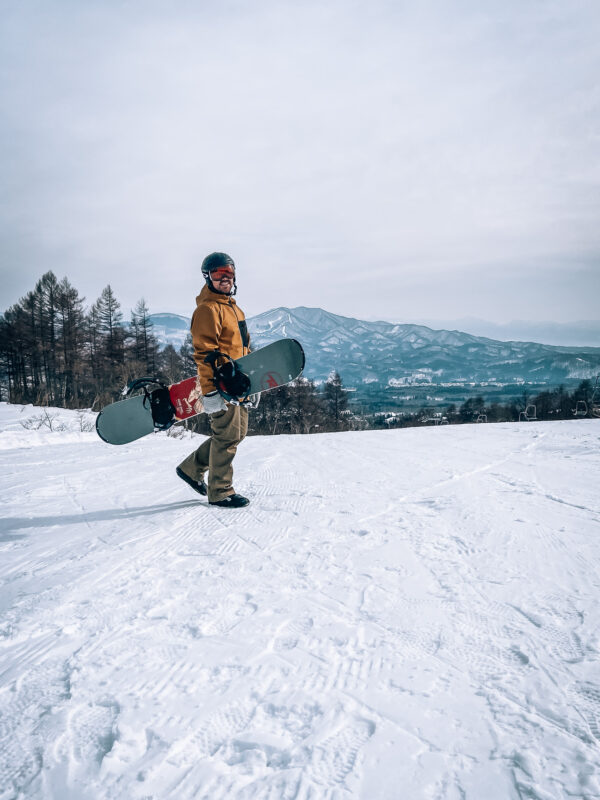
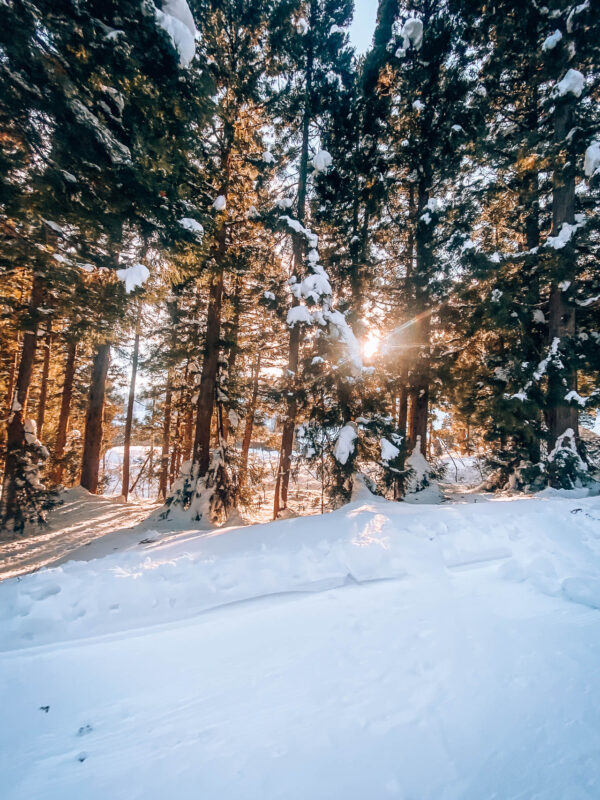
Day 3 & 4: Snowboarding at the Akakura Onsen ski area
Where to stay: APA Hotel Joetsu Myoko-Ekimae in Myoko
The majority of hotels and resorts were either fully booked or just out of our price range, so we stayed in Myoko-Joetsu, which is 30 minutes drive from Myoko Kogen’s ski resort.
Fortunately, this was not a problem with the rental car, and the hotel was just next to the JR Train station in Myoko-Joetsu, so this is also convenient when you travel throughout Japan using the JR Railpass.
Although we are both beginners, the Akakura Onsen ski Area is fantastic with some great slopes, and the fact that there were not too many other tourists or skiers on the slopes made for a very pleasant experience for us.
We rented equipment from Toyama Sports and purchased a ski pass for the Akakura Onsen Ski Area at the tourist information center so that we could spend two days snowboarding in one of the best winter sports areas in all of Japan. Since there had been some good snowfall over the past few days, the slopes were in excellent condition.
However, if you stay for longer than a few days, you can also decide to visit the nearby ski area of the Akakura Kanko Resort area.
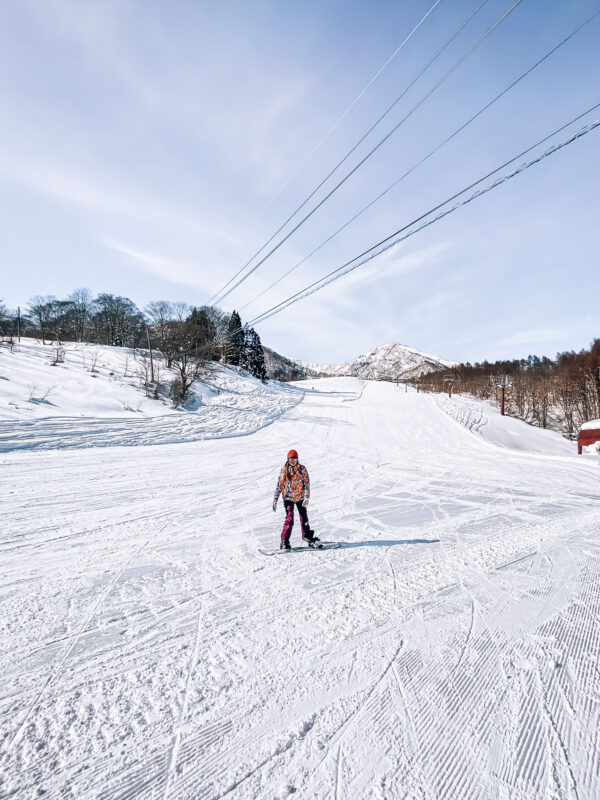
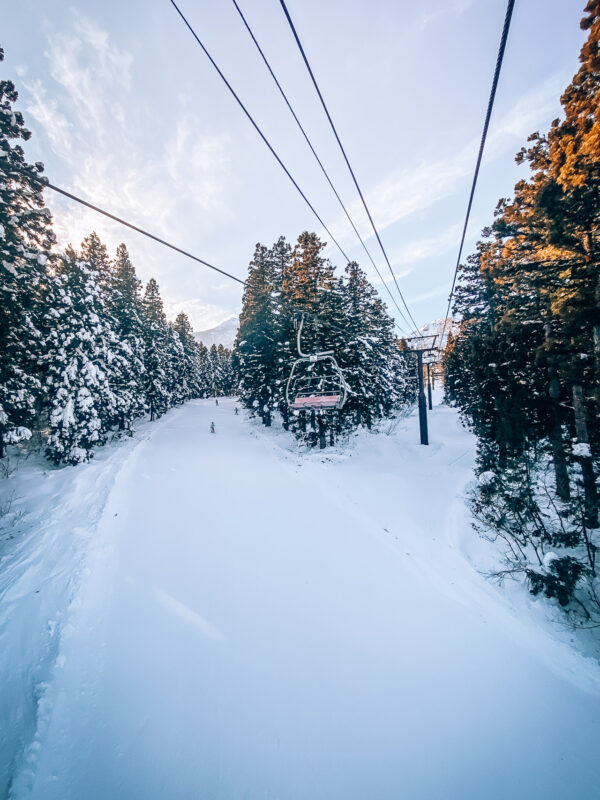
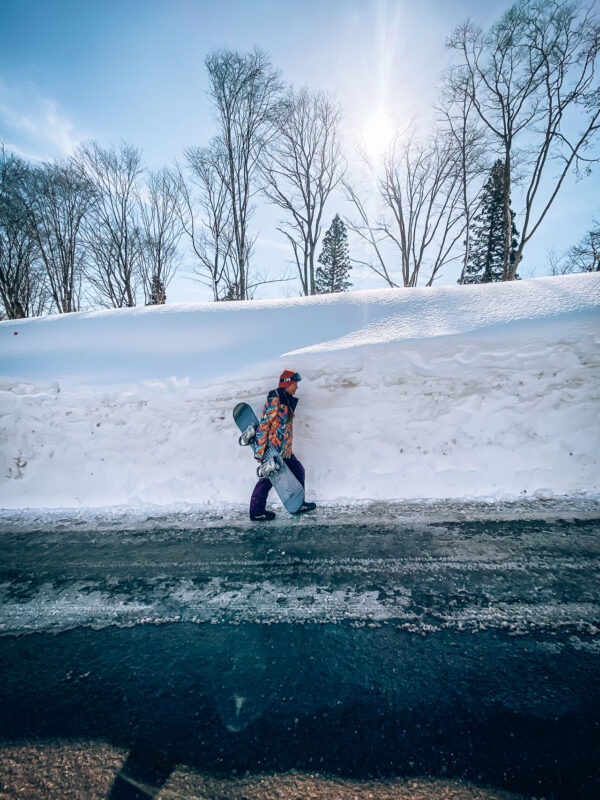
We spent the majority of the day on the west side of the Akusaka Onsen Ski area, where the Elegance and Downhill courses are located. These are green slopes and perfect for us to practice as we didn’t snowboard for years.
While on the second day, we headed to the eastern side where you have some beautiful green slopes such as the Karamatsu Course winding through the trees.
We also took for the first time a red slope, the Panorama Course, which turned out to be an fantastic experience with breathtaking views. It was absolutely fun and exciting until the lift stopped working, at which point we were no longer able to snowboard on the eastern side of Akasuka Onsen Ski resort.
So, we headed back to the western side to go down a few more times from the mountain. At the end of the day, we ended up in the Bear Hut for a Japanese aprés ski.
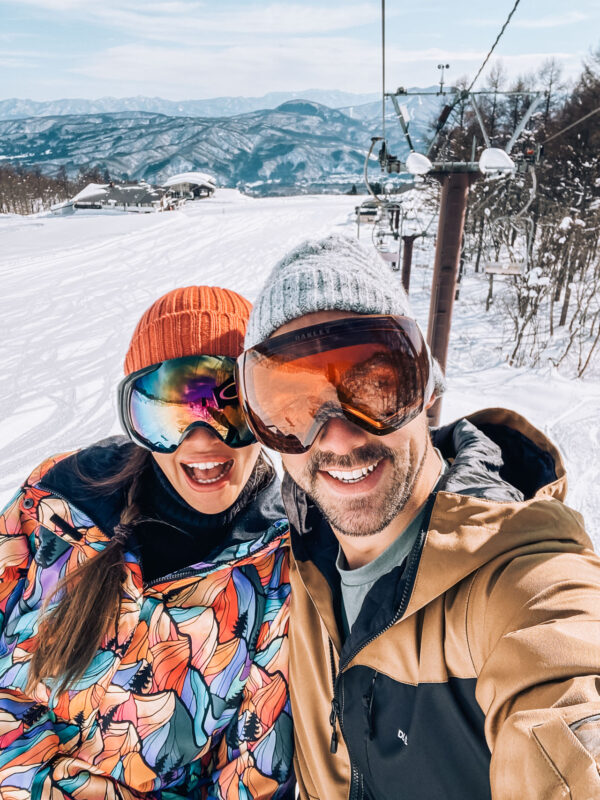
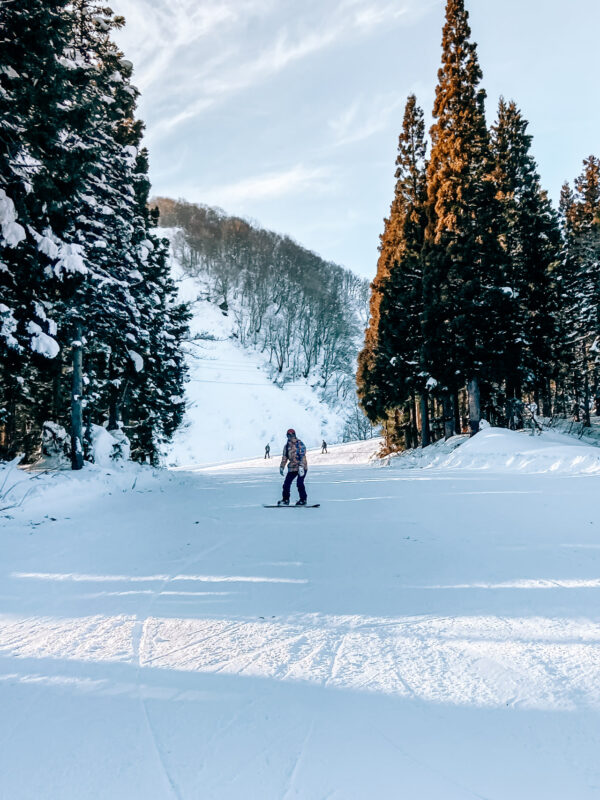
Day 5: Matsumoto Castle & Suganuma Village
Distance: 140km – 1h 50 (toll road)
Where to stay: Hotel Torifito Kanazawa in Kanazawa
The Matsumoto Castle is the next destination and is about a two-and-a-half-hour drive from the hotel in Myoko-Joetsu. This castle was built in the early 1600s and it’s one of the most beautiful castles in Japan that’s still standing and in great condition.
However, the cherry blossom season is the best time to visit the Matsumoto castle, I loved the moody vibes during the winter.
After walking around Matsumoto Castle, we drove to more than 40 tunnels and even to one of the longest ones in Japan with a distance of 11km to finally reach the Unesco World Heritage list village of Shirakawago, which was on my bucket list for years.
READ ALSO: 10 x the best places to see cherry blossoms in Fukuoka
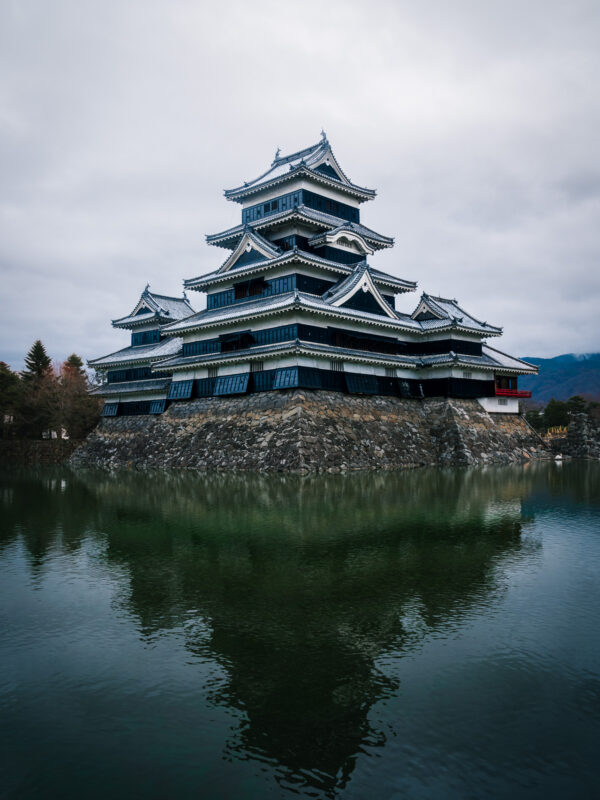
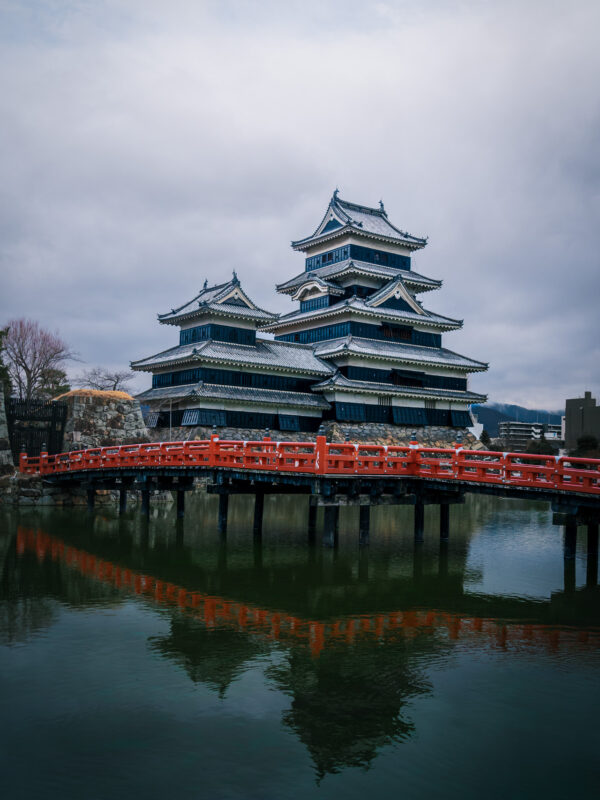
Shirakawago is well-known for its traditional farmhouses, or Gassho-Sukkur. Some cottages are over 200 years old and are still inhabited. When visiting the charming mountain village, you can also stay in these traditional houses, which is an unforgettable experience.
However, when we arrived, there was a light-up event, and we were not allowed to visit the village unless we had purchased tickets in advance. Instead, we drove to Kanazawa and along the way, you can find Suganuma Gasshozukuri Village, another Hida Folk village that looks like a smaller version of Shirakawago.
Although Takayama is also a good place to stay if there aren’t many accommodations available in Shirkawago, I had already been to Takayama in 2019 during my three-week trip to Japan and thought it would be more enjoyable to explore somewhere new.
BOOK: Join a guided day trip from Nagoya to Shirakawago and Takayama
TIP: Check in advance when the light-up event takes place and book tickets in advance
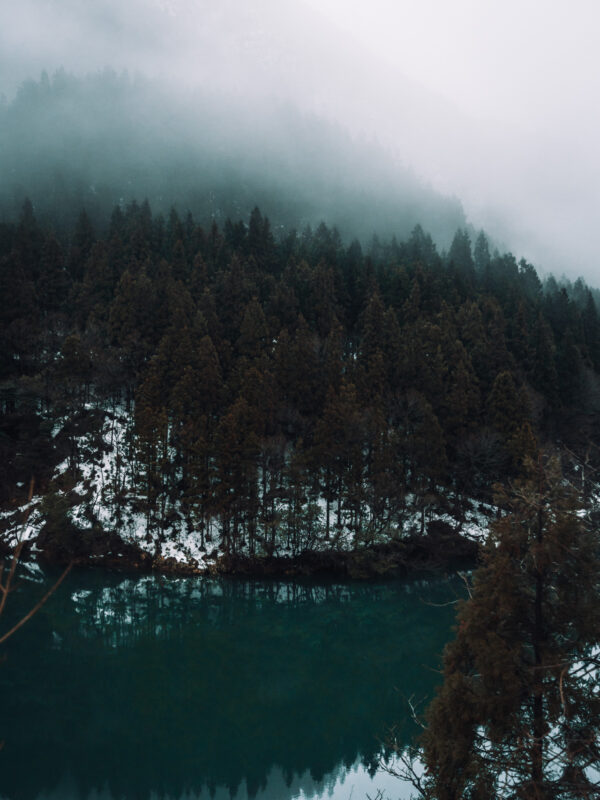
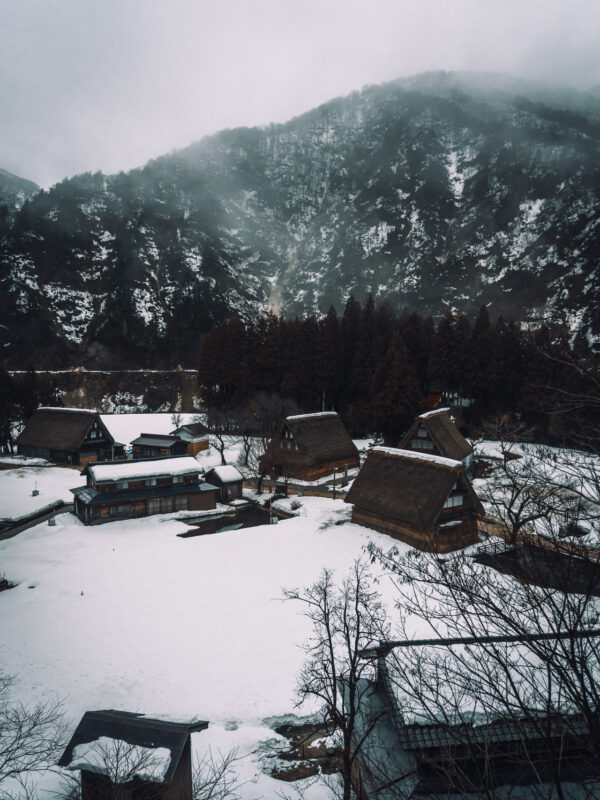
Day 6: Kanazawa and Shirakawago
Distance: 235km – 3h 40min (toll road)
Where to stay: Meitetsu Inn Chita Handa Ekimae in Handa (Nagoya)
Since we did not have tickets for the light-up event that was taking place in Shirakawago, we were not permitted to enter the village, and we ended up driving to Kanazawa instead.
Surprisingly, this town turned out to be quite pleasant, and the following day we spent exploring the Higashi Chaya and Kazuemachi Chaya Geisha Districts and strolling through the Omicho Market.
Although the Kanazawa castle seems to be well worth visiting, we didn’t have time because we wanted to return to Shirakawago to see the charming houses.
TIP: The light-up event in Shirakawago is only a few weeks during the winter in Japan and you MUST buy tickets in advance if you wish to visit the village during these days. Check the official website for the most updated info.
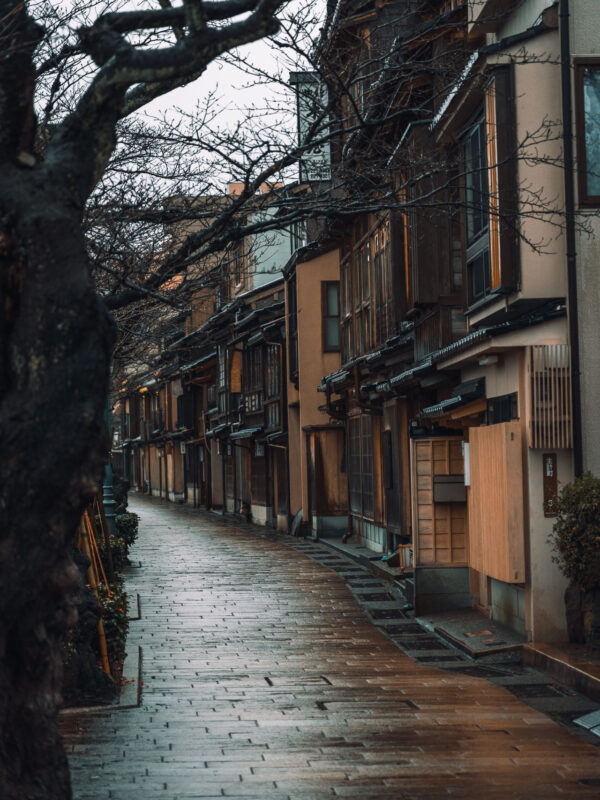
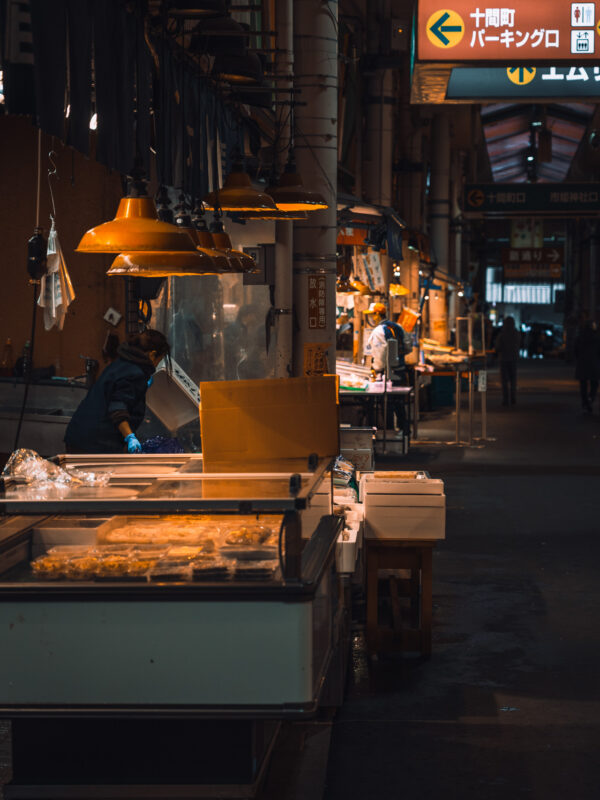
There is a beautiful viewpoint at the top of the hill that you should not miss, as this is the famous view that you will find on almost every postcard or website.
Obviously, it’s even more exciting with the illumination event, so it’s highly recommended that you purchase your tickets in advance and don’t make the same mistake as us.
When you arrive at Shirakawago, the best place to start exploring the village is from the Seseragi Park Parking Area, where you can easily cross the bridge and find yourself in the center of the village.
Many of the village’s restaurants, souvenir shops, cafés, and other establishments can be found along the main road however, along the tiny side roads, you can explore much more of the adorable village.
We spent a few hours just walking around and taking some photos before heading to Nagoya, where Nao’s friend lives, and invited us to have dinner at her partner’s restaurant.
BOOK: Visit Shirakawago during a guided day trip from Nagoya
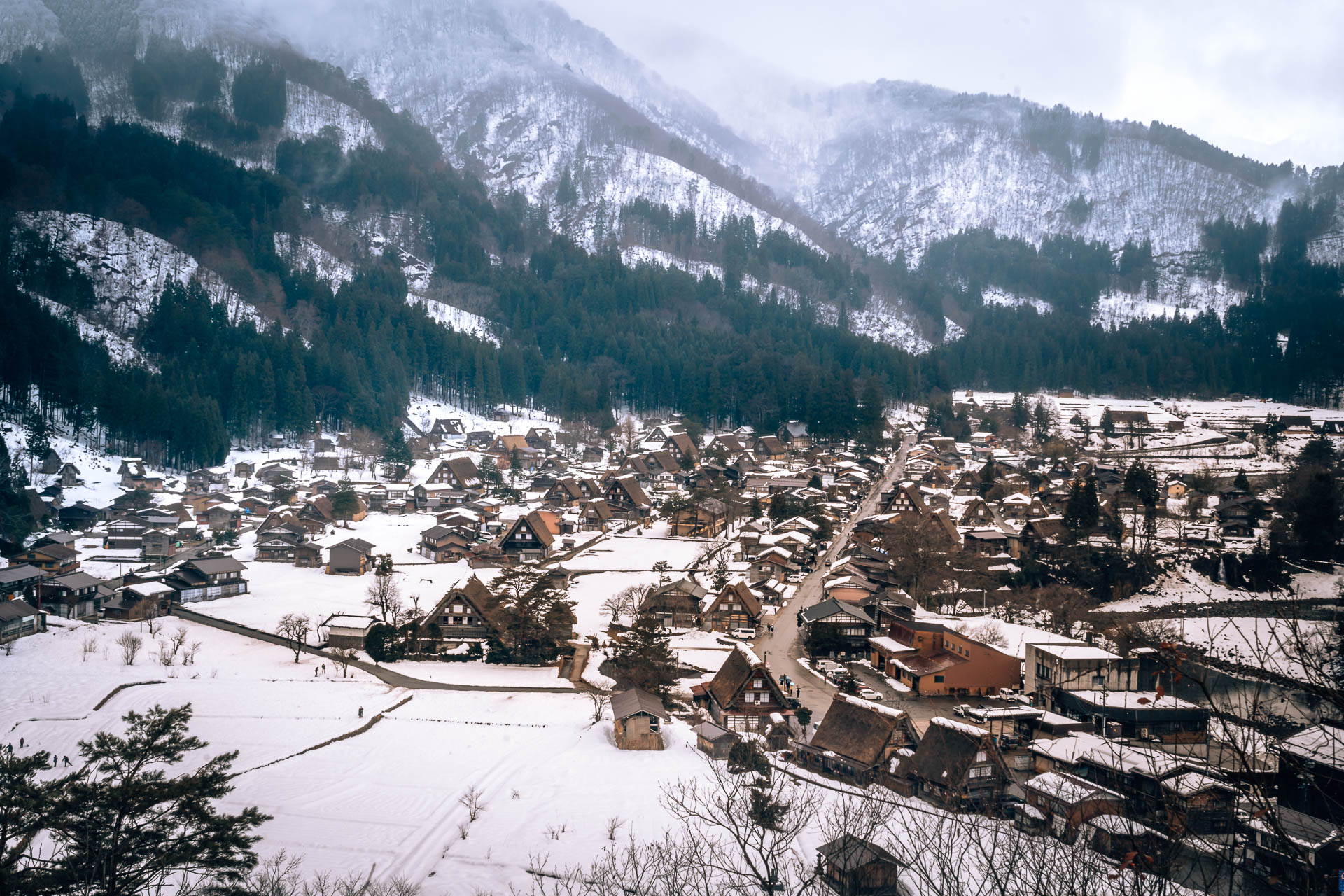
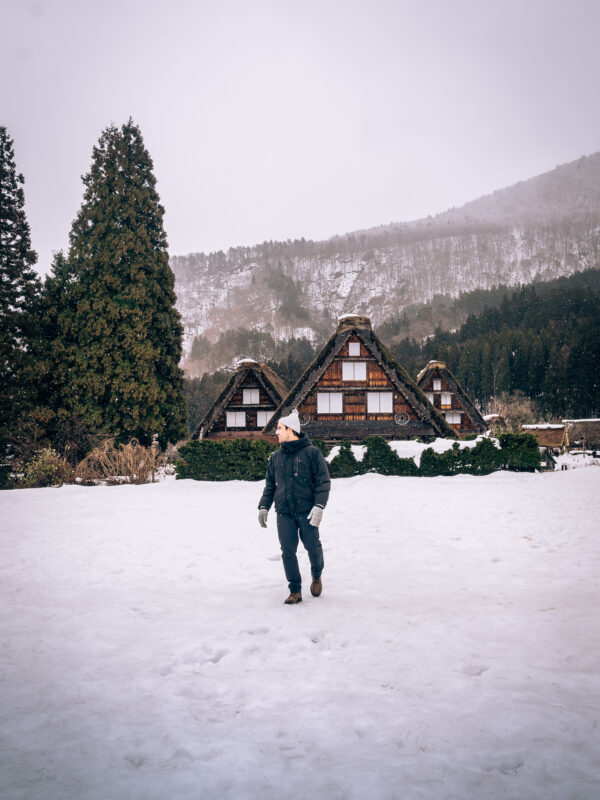
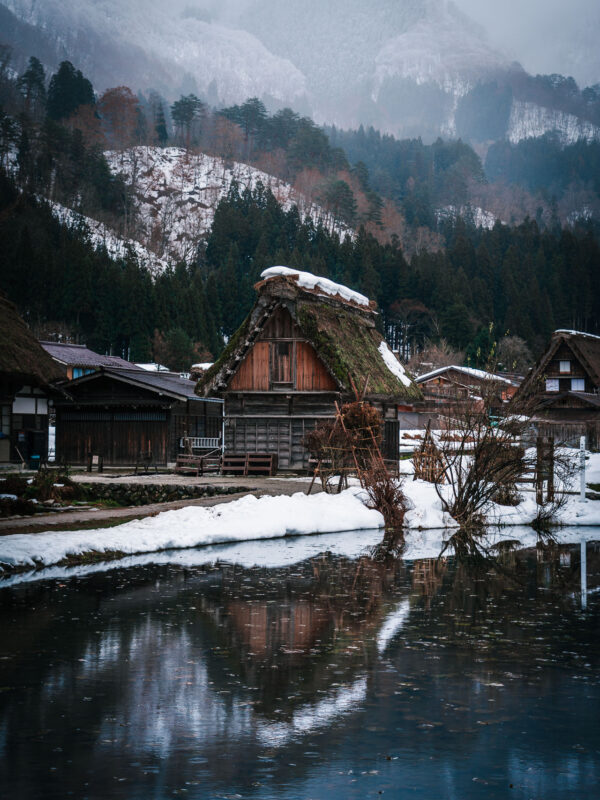
The drive from Shirakawago to Nagoya takes about two and a half hours, and since we arrived in Nagoya with plenty of time to spare before being expected at the restaurant, we went to see the magnificent Nagoya Castle.
Although the castle was already closed when we arrived, the stunning architecture and the sunset in the background were still breathtaking from the outside of the grounds.
A bit further on, we discovered a unique spot thanks to social media, and it pleasantly surprised both of us. A bookshop in a shopping mall with a glass ceiling that creates a beautiful symmetry. A perfect place for photographers and worth a visit if you are into books.
Our fantastic day came to an end with a delicious dinner with Nao’s friends at Yamikuro, a mix of a Japanese Izakaya and a Brooklyn Lounge bar.
TIP: Find here the exact location of the bookstore in Nagoya
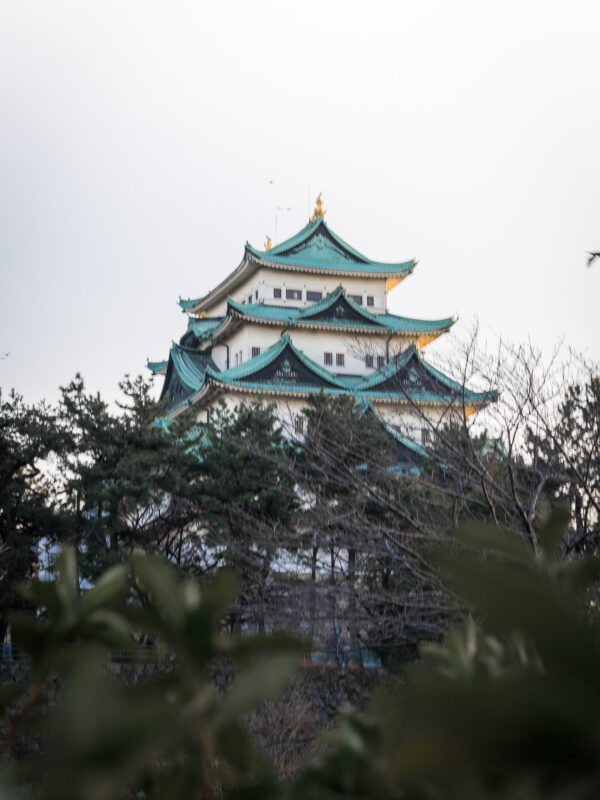
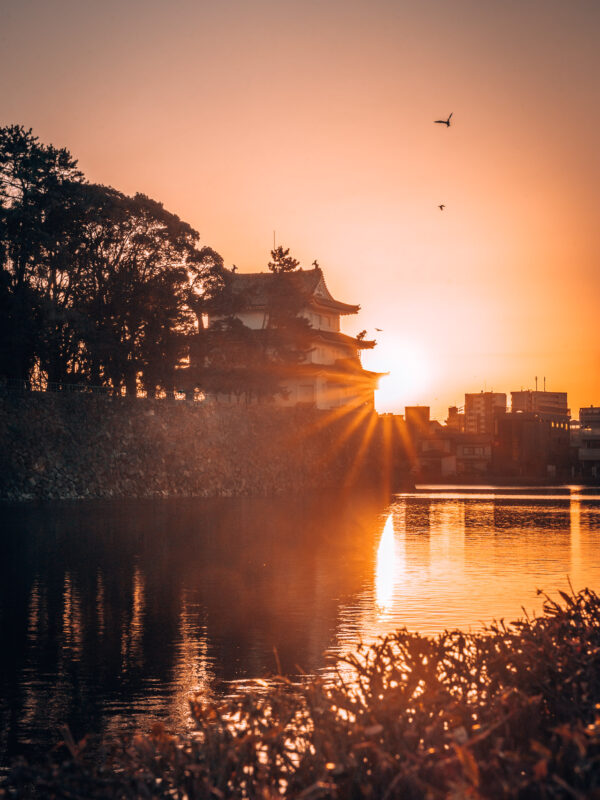
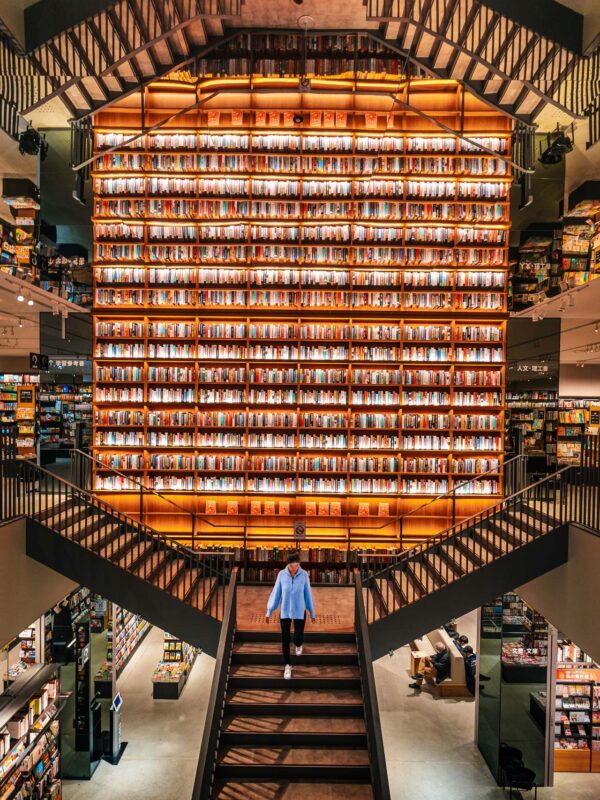
Day 7: Nagoya to Mount Fuji
Distance: 250km – 3h 50min (toll road)
Where to stay: Royal Hotel Kawaguchiko in Fujikawaguchiko
Near the hotel is a neighborhood known for its traditional ceramics shops and unique works of art, called the Tokoname Pottery Path. It is an interesting activity and neighborhood to explore if you are into crafts and art. The alleys and walking paths are marked with numbers, so you can make your way around in a little over an hour.
While driving to Mount Fuji, just before reaching the highway in Nagoya, we passed a massive Buddha statue and decided to take a closer look. It turns out to be one of the largest Buddha statues in Japan.
The Great Buddha of Shuurakuen stands 30 meters tall and is unquestionably worth a visit as you can take in some breathtaking views and enjoy the park’s laid-back ambiance from a higher point of view. Ideal for a morning walk.
TIP: The Tokoname Pottery Pathis closed on Mondays.
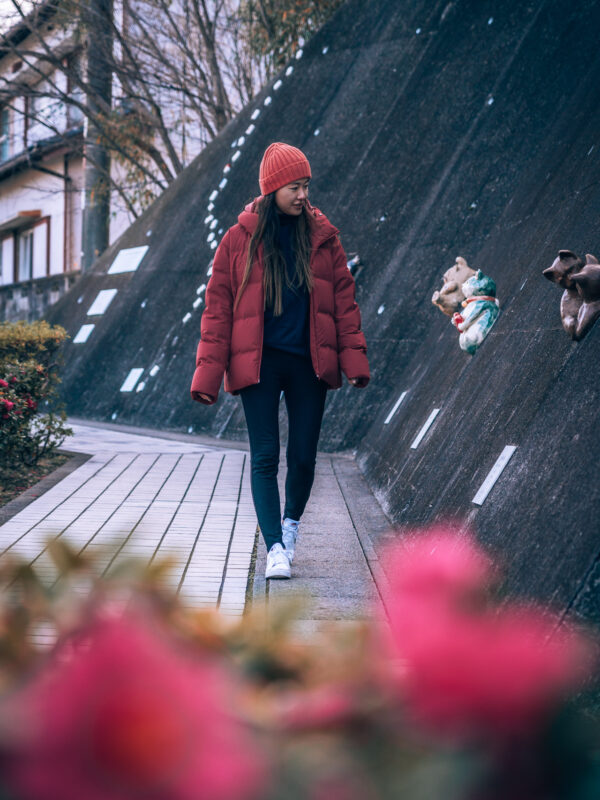
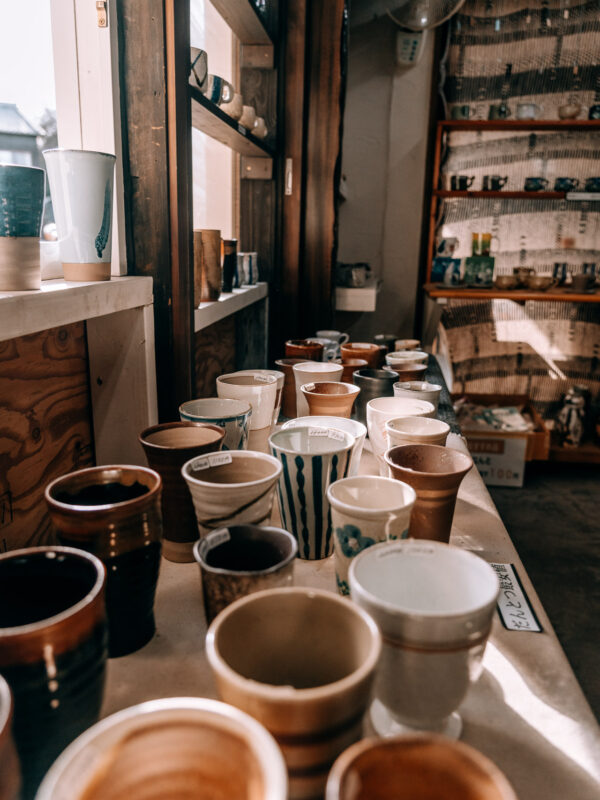
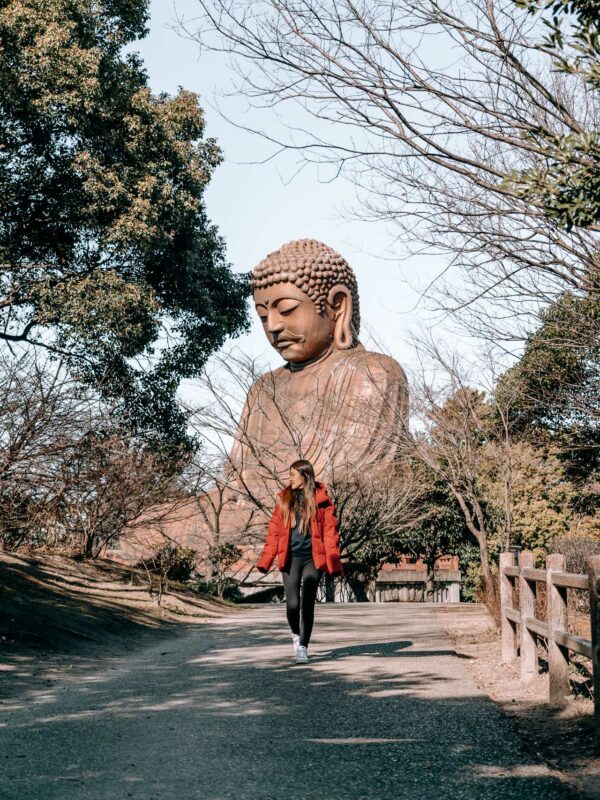
After nearly three hours on the road, the top of Mount Fuji begins to appear from the surrounding mountains in the distance.
What an stunning view!
The hotel, we are staying at is located in the village of Fujikawaguchiko, however, we decided to make a detour and stop at the enchanted Shiraito Waterfalls and the powerful Otodome Falls. Glad we did as there is no doubt that these are among the best waterfalls in Japan to explore.
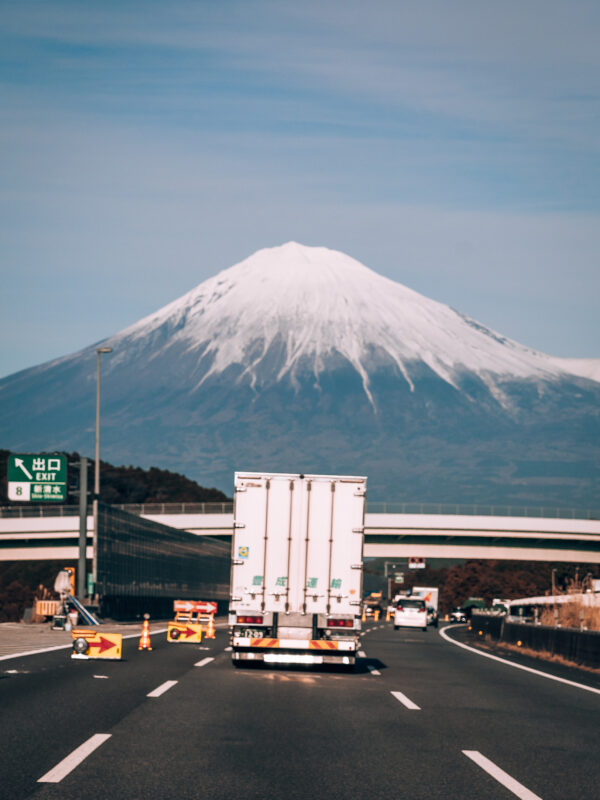
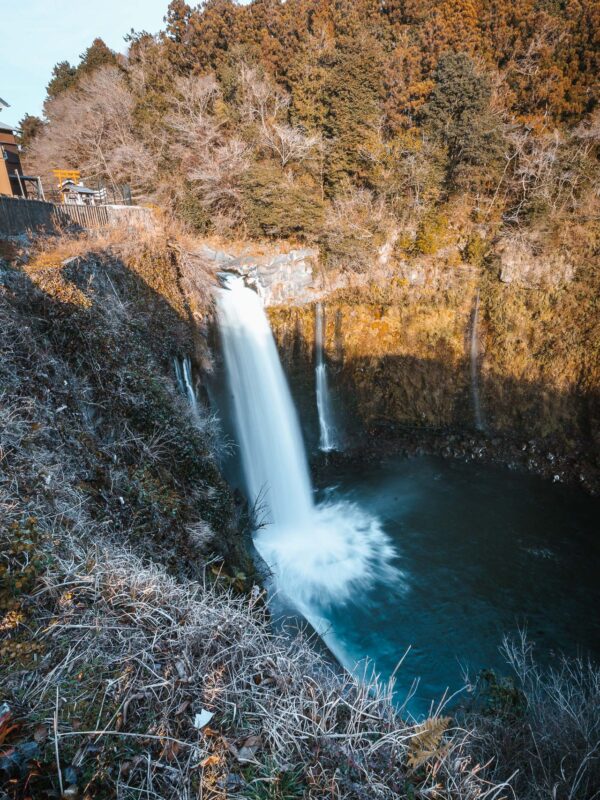
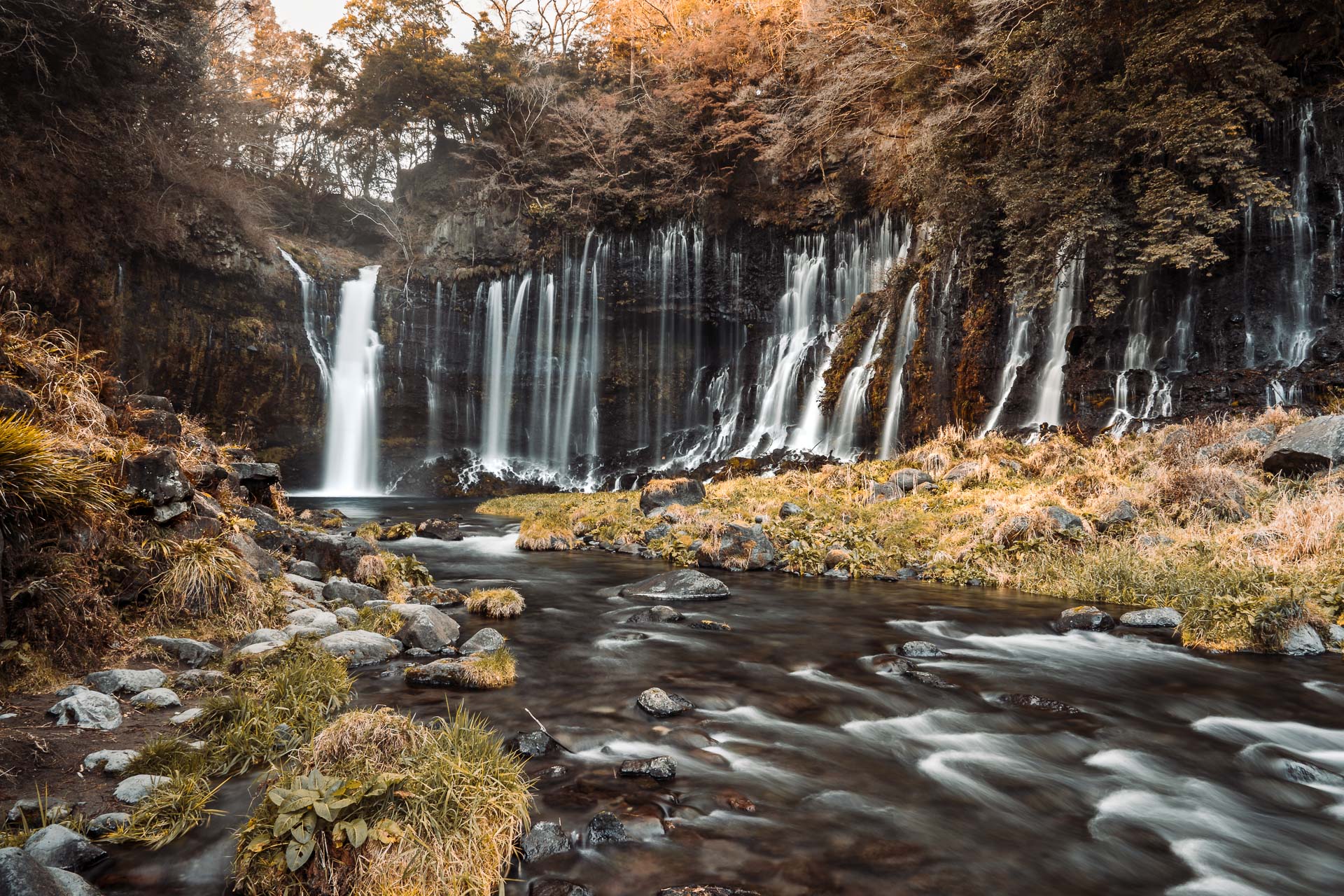
After a long day of exploring, you can unwind in one of the many onsens in the region of Mount Fuji as most hotels and ryokans also have their own hot springs with water from a natural source.
We stayed at the Royal Hotel Kawaguchiko, which was situated directly on the shore of Lake Kawaguchiko, making it an excellent location from which to view the sunrise the following morning.
Even though we were only able to spend one night in this location, you can very easily spend a few days taking in the breathtaking landscapes that surround Mount Fuji as it is one of the best places to visit in Japan.
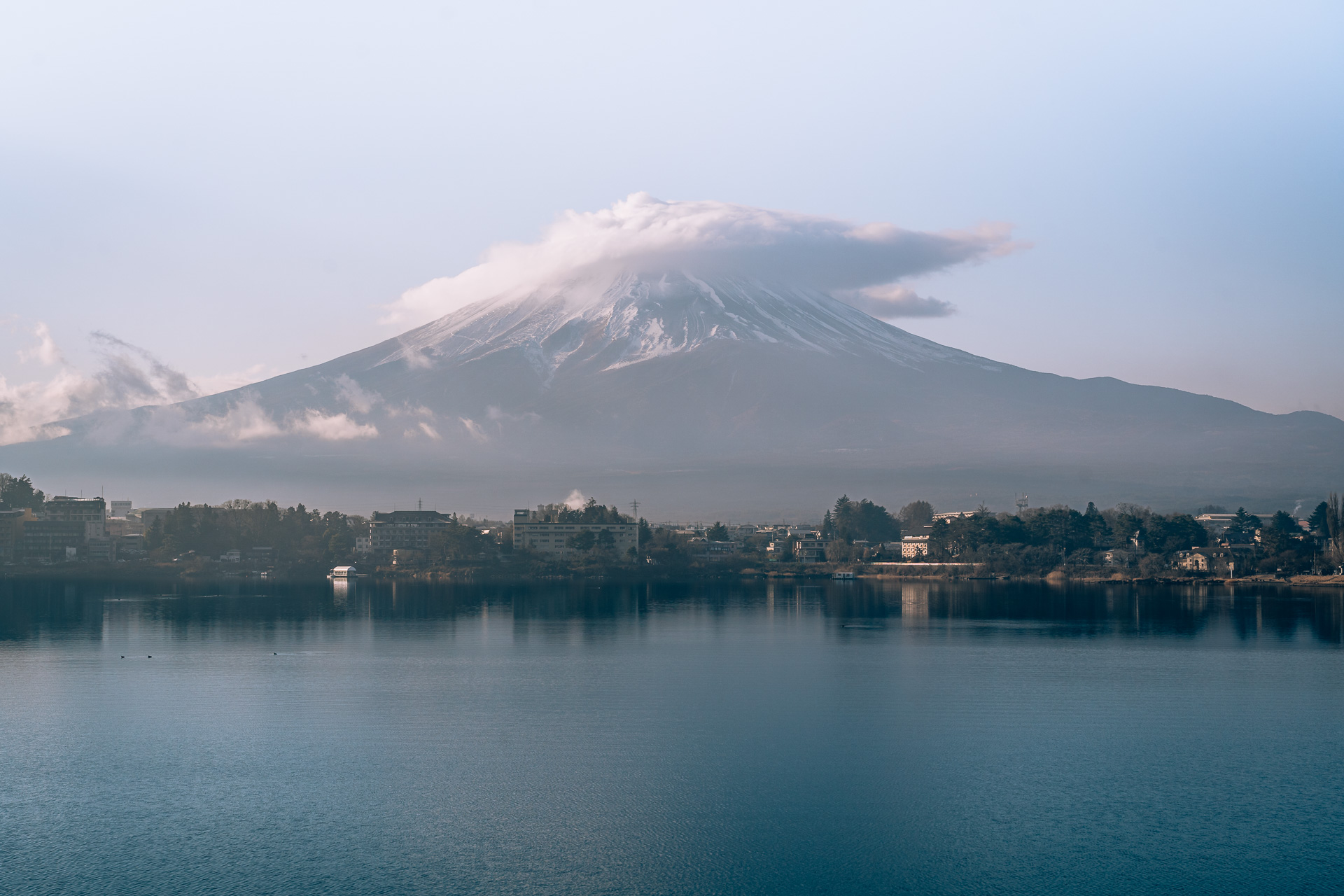
Day 8: Mount Fuji
Distance to Narita Airport: 180km – 2h 30min (toll road)
The sunrise was remarkable because the clouds gradually moved away from Mount Fuji, leaving behind only kind of a “hat shape” at the peak of the mountain. Also called lenticular clouds, which is a beautiful phenomenon!
When you are planning a trip to Mount Fuji there are several villages where you can stay and explore, such as Hakone of Fujikawaguchiko, I have been to Fujikawaguchiko twice and really love the atmosphere and the many sights around these villages.
In the morning, we made a stunning time-lapse video at Lake Kawaguchiko of the clouds moving away from Mount Fuji at sunrise, while the Chureito Pagoda and the Kawaguchi Asama Shrine are some of the best places to admire the beauty of Mount Fuji.
Unfortunately, our flight to Fukuoka left in the early evening, so we had to leave and drop off the rental car at the airport in the afternoon.
BOOK: Visit Mount Fuji and Lake Kawaguchiko during a day trip from Tokyo
READ ALSO: The best 5-day Tokyo itinerary – Tokyo guide
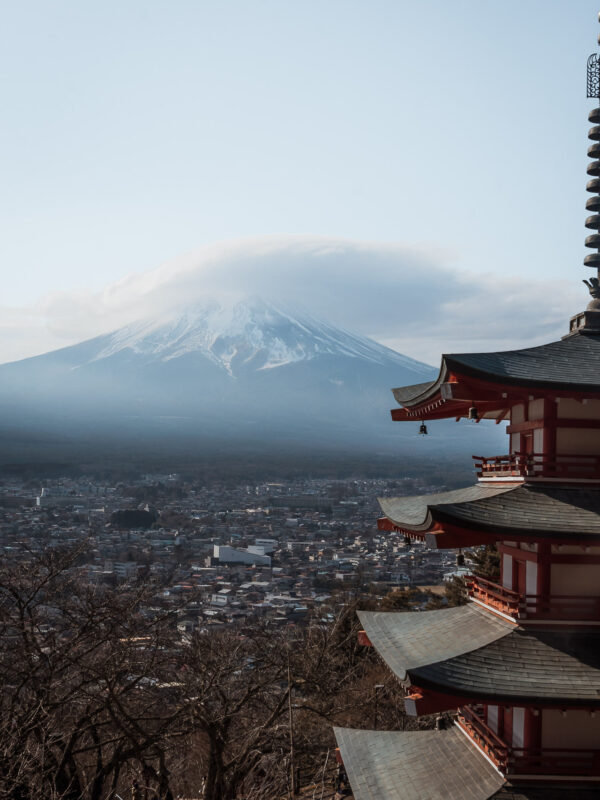
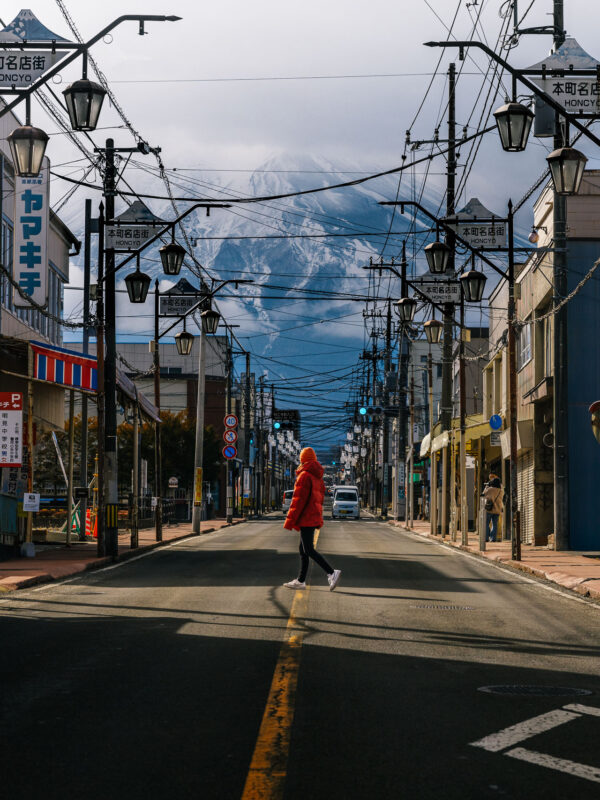
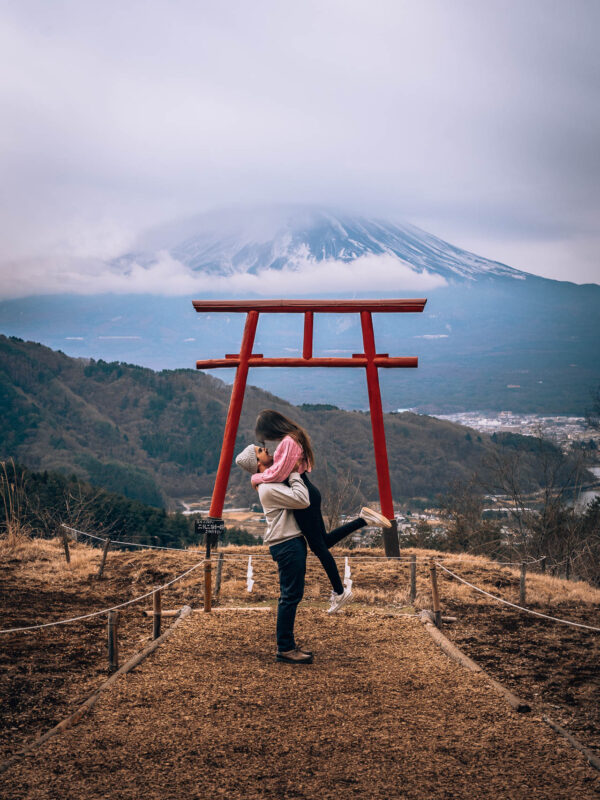
This 7 days in Japan itinerary is perfect for those who have visited the country before or who want to see the beautiful winter in Japan in a unique way by escaping the hustle and bustle of the larger cities like Tokyo and Osaka.
However, if it’s your first time, I highly recommend reading my Japan in 3 weeks itinerary with some of the best highlights of the country.
You can ask questions or add helpful details about the trip in the comments section.
READ ALSO: The perfect itinerary for Japan in 3 weeks
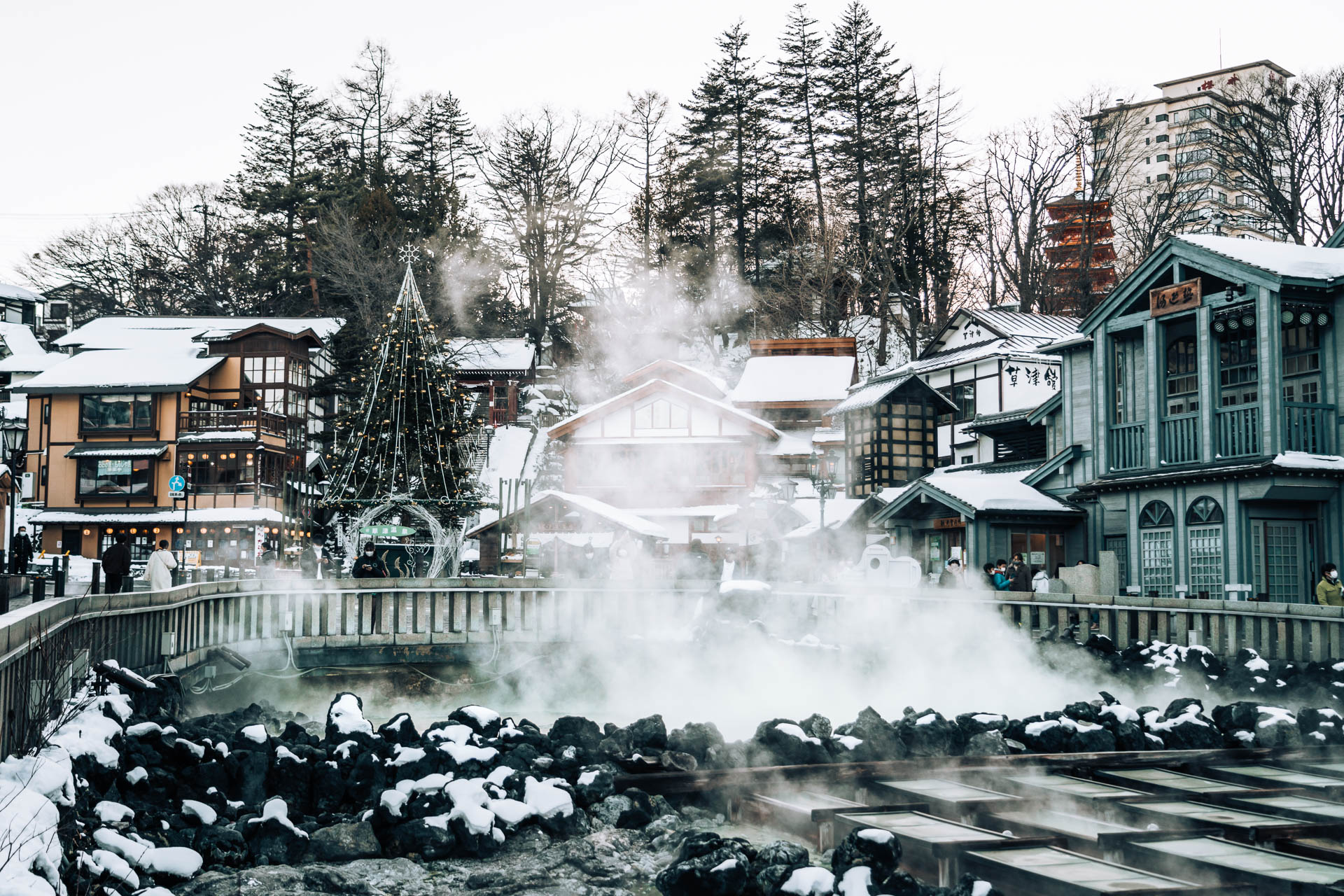
Read more articles about Japan
Plan your Japan winter road trip with my favorite travel apps
To plan my adventures, I use these FREE websites and apps as they provide the best information, the best deals, and they are user-friendly.
- Trip – Flight deals
- Booking.com – Hotels and accommodation
- TourRadar – Group trips
- TripAdvisor – Reviews and activities
- HostelWorld – Hostels
- GetYourGuide – Activities and excursions
- RentalCars – Car rental
- Omio – Transport
- iVisa – Travel documents
- Wise – Money transfer
- InsuredNomads – Travel Insurance
PICTURES AND EDITING
All the pictures on this page are made and owned by me. If you are interested in some pictures to use for your magazine, website, blog, or any other purpose, just send me an email and we’ll figure it out.
Do you like the edits? My Presets will be online soon so you can edit your pictures in just one click!
The camera gear I used for this trip
I never go out without my camera and many people ask me which gear I use. So to make it quite easy, I listed all the gear I used for this trip below.
Most of the time, I travel with the Sony A7III and the Sony 24-105mm/f4 as my primary lens but depending on the location, I change to another setup. However, I love the Tamron 17-28 to shoot in the big cities.


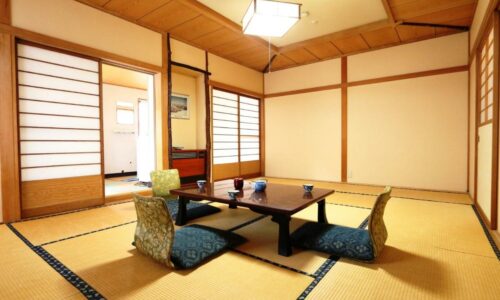
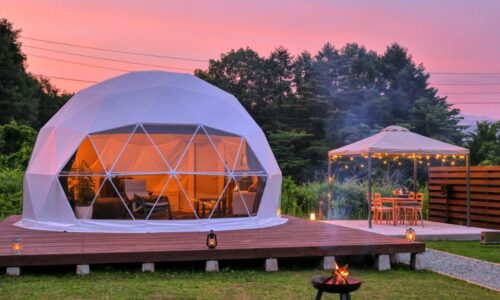
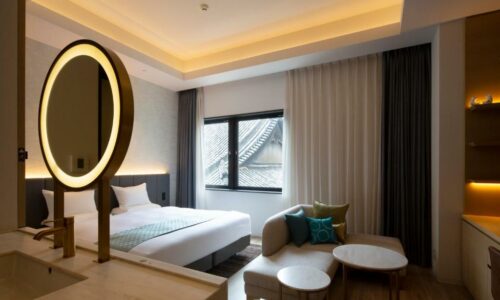
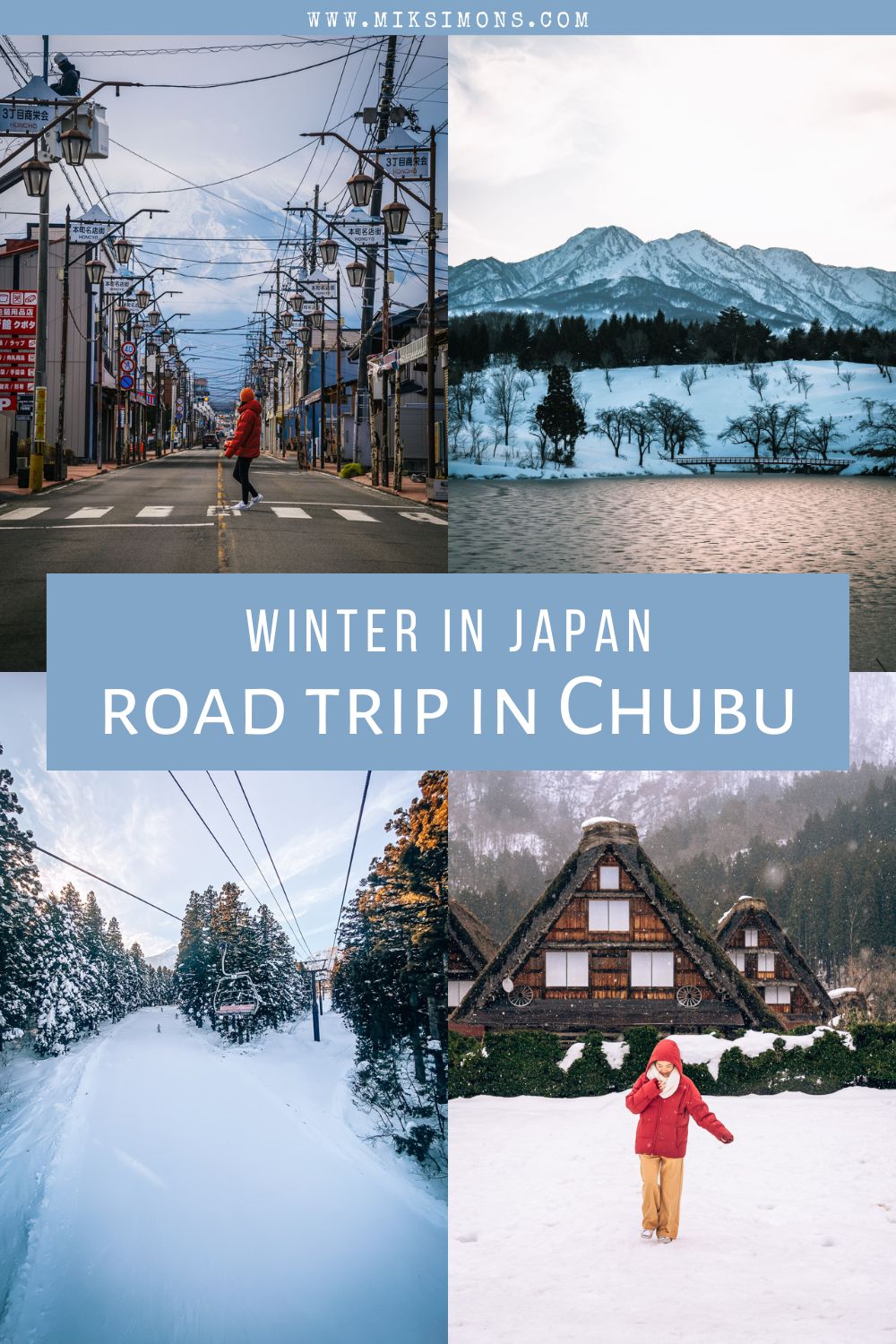
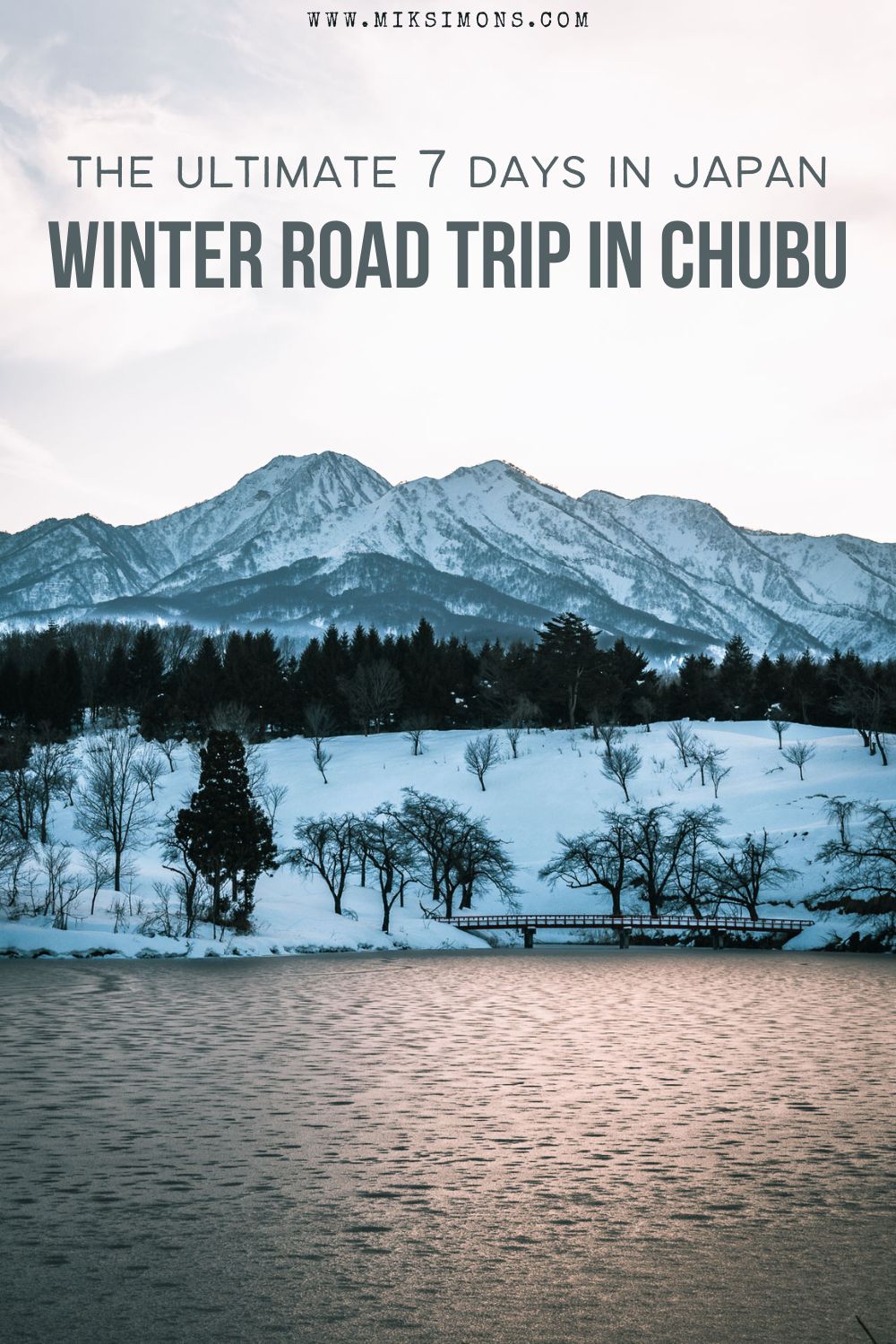
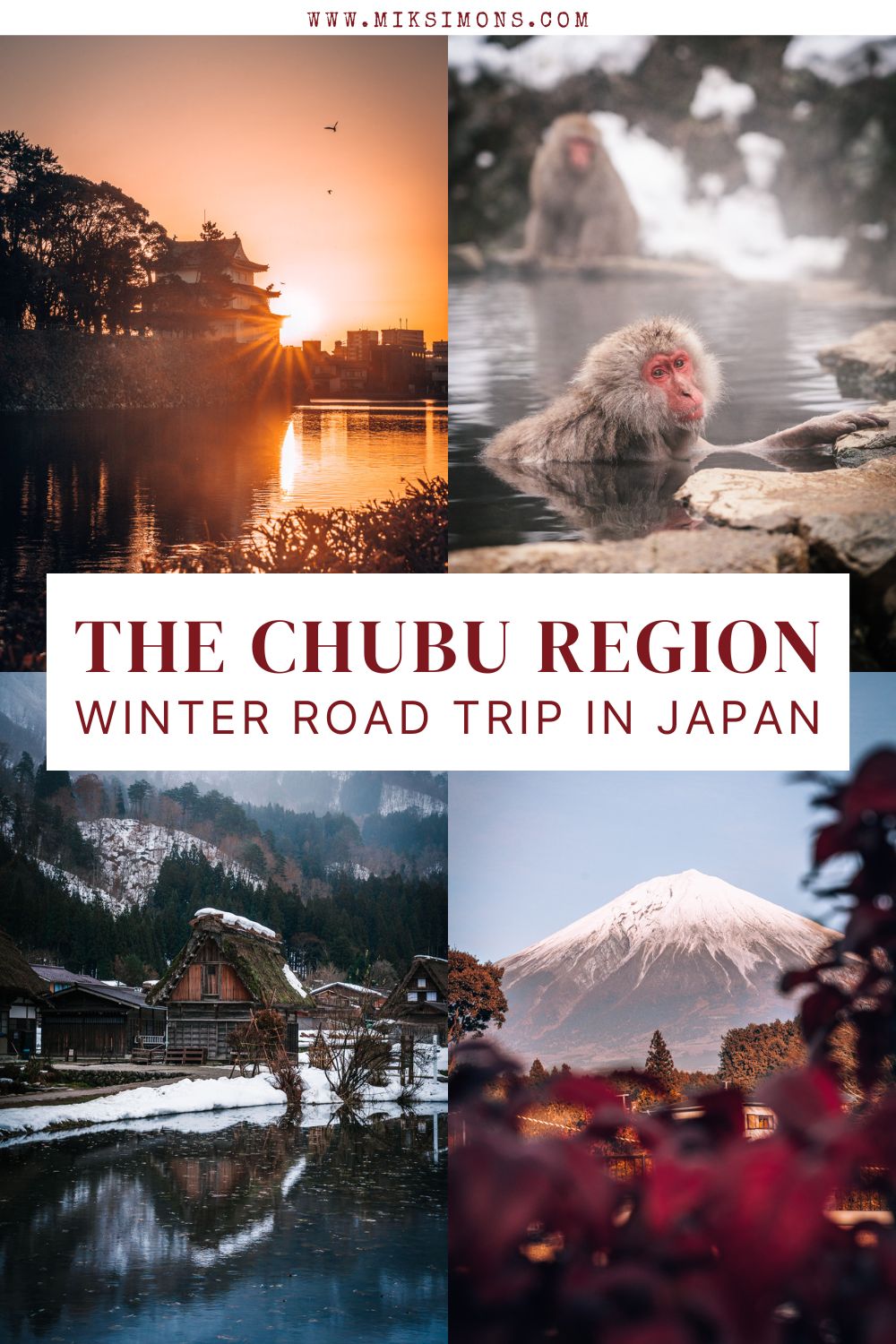
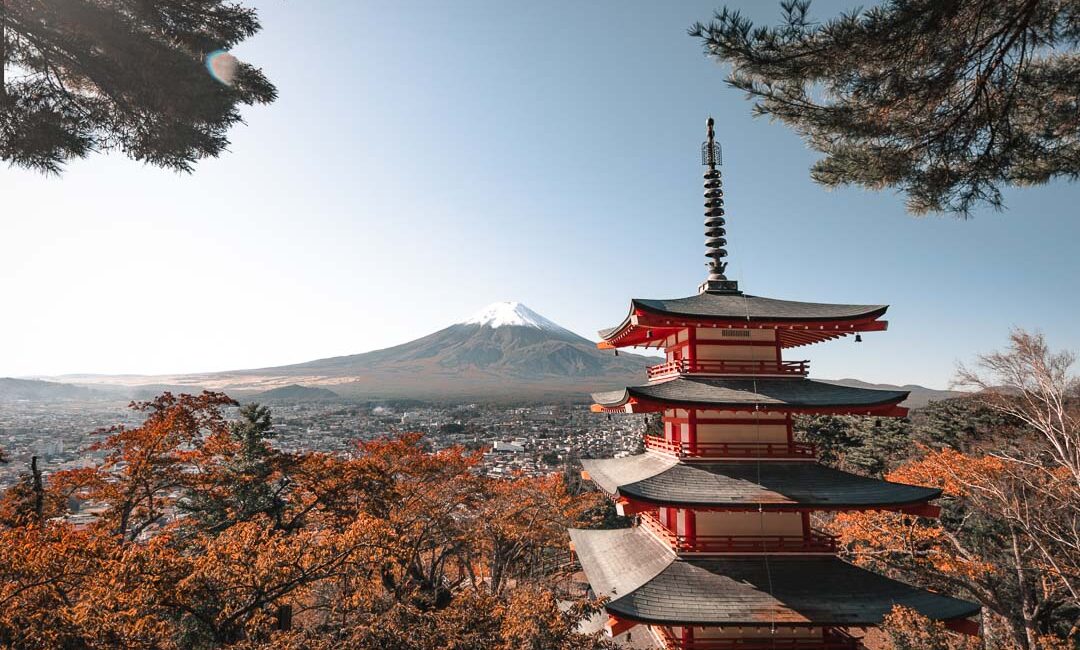
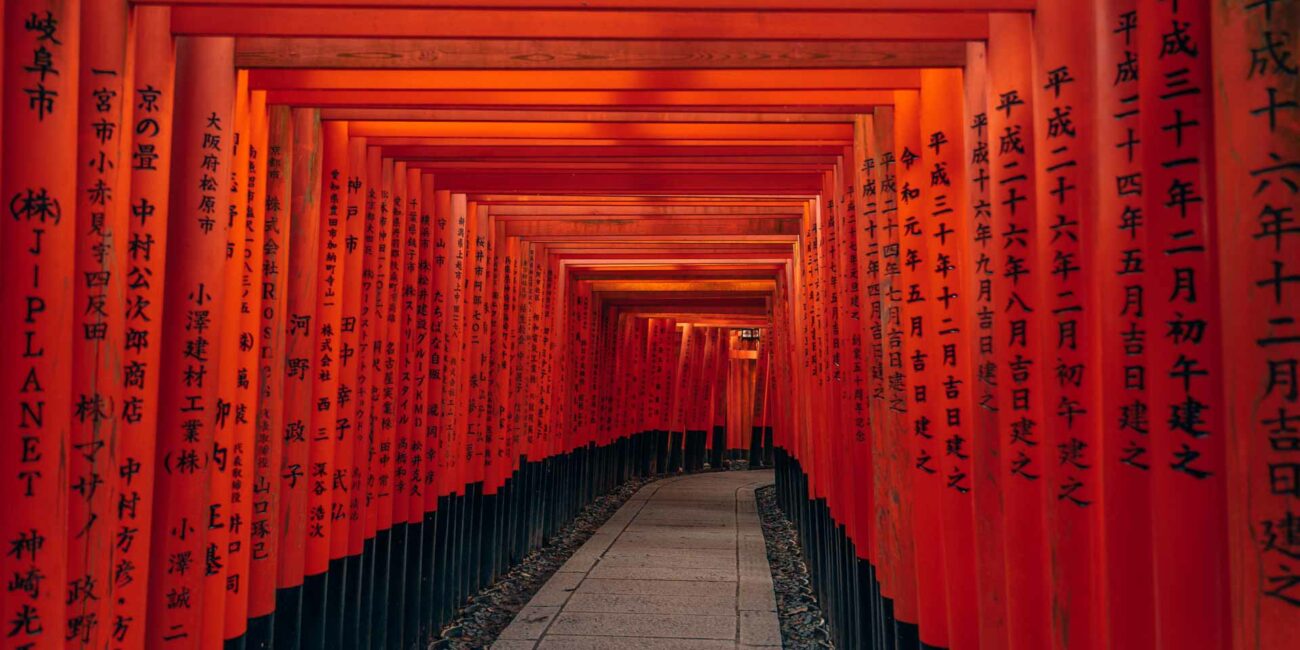
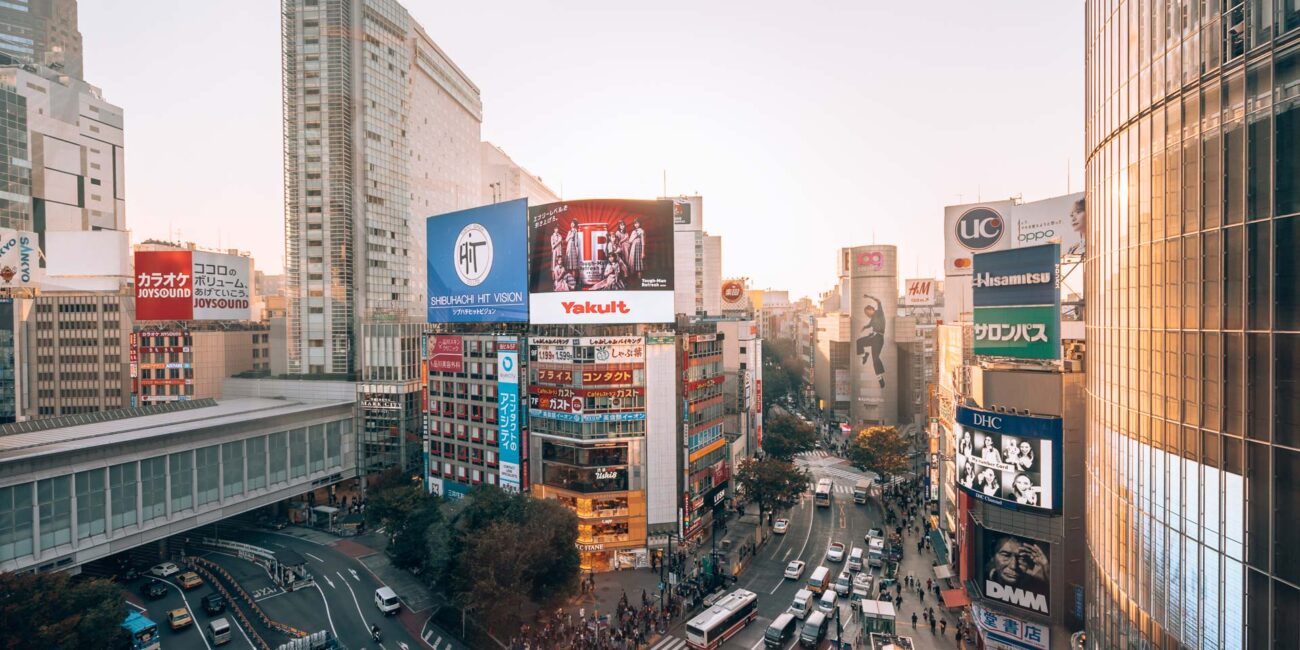
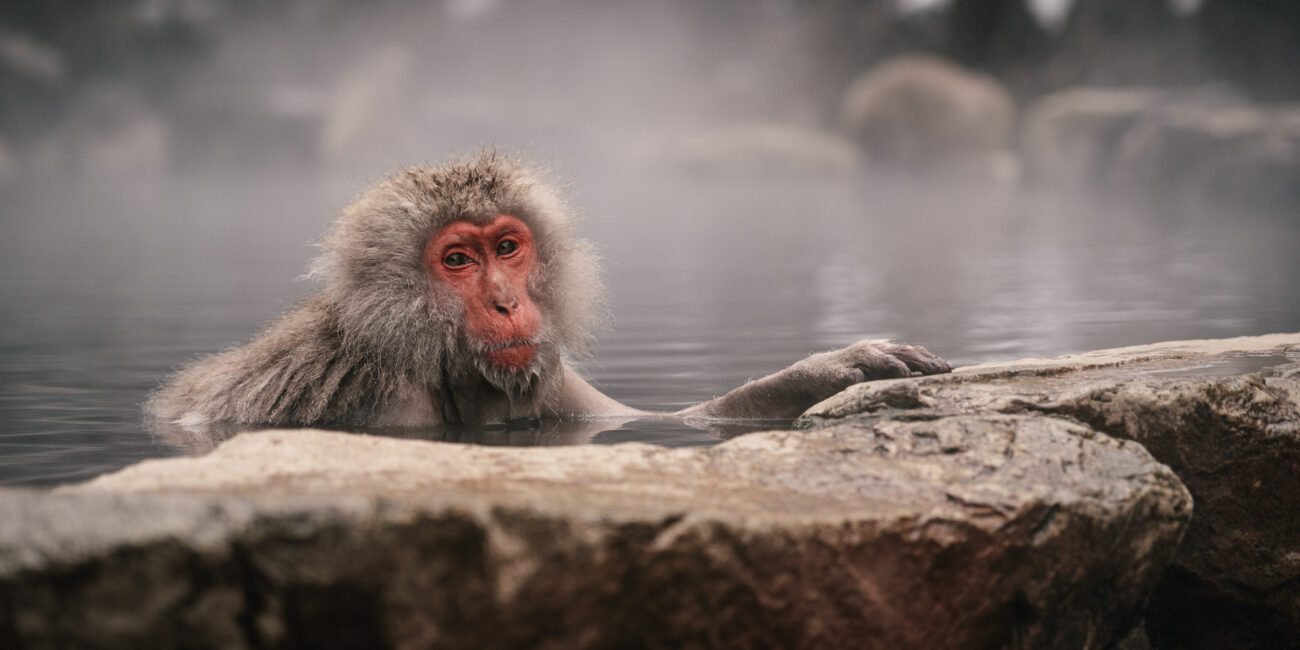
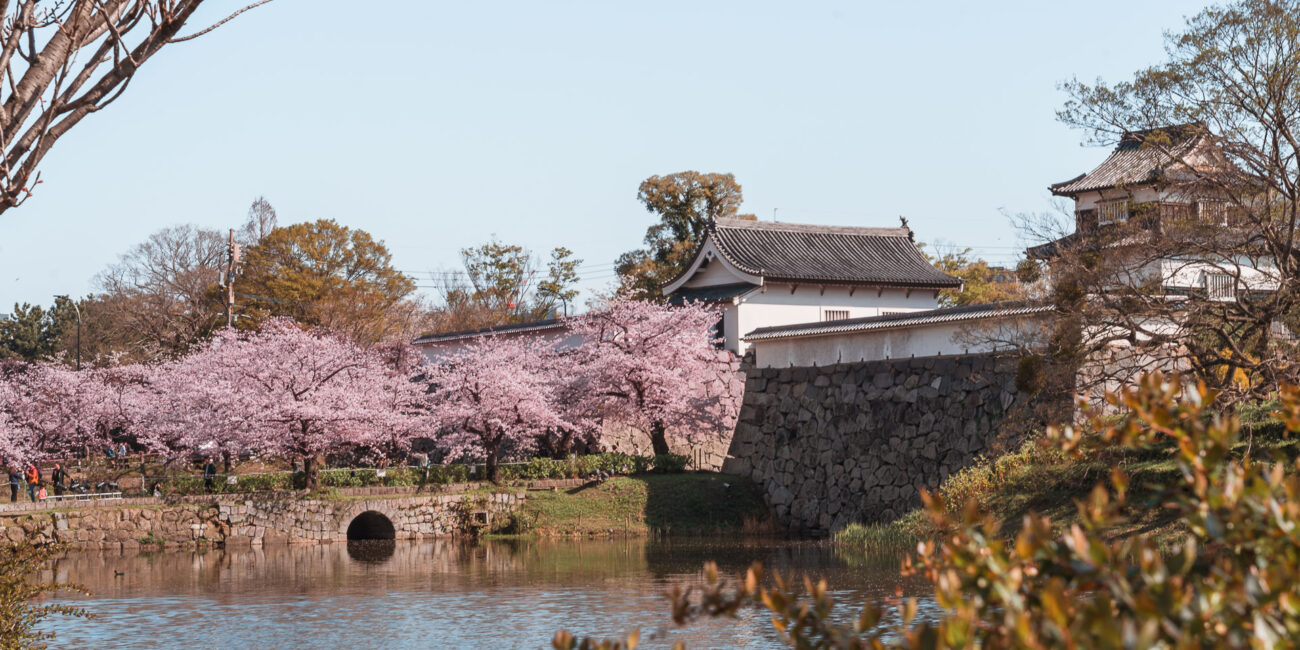
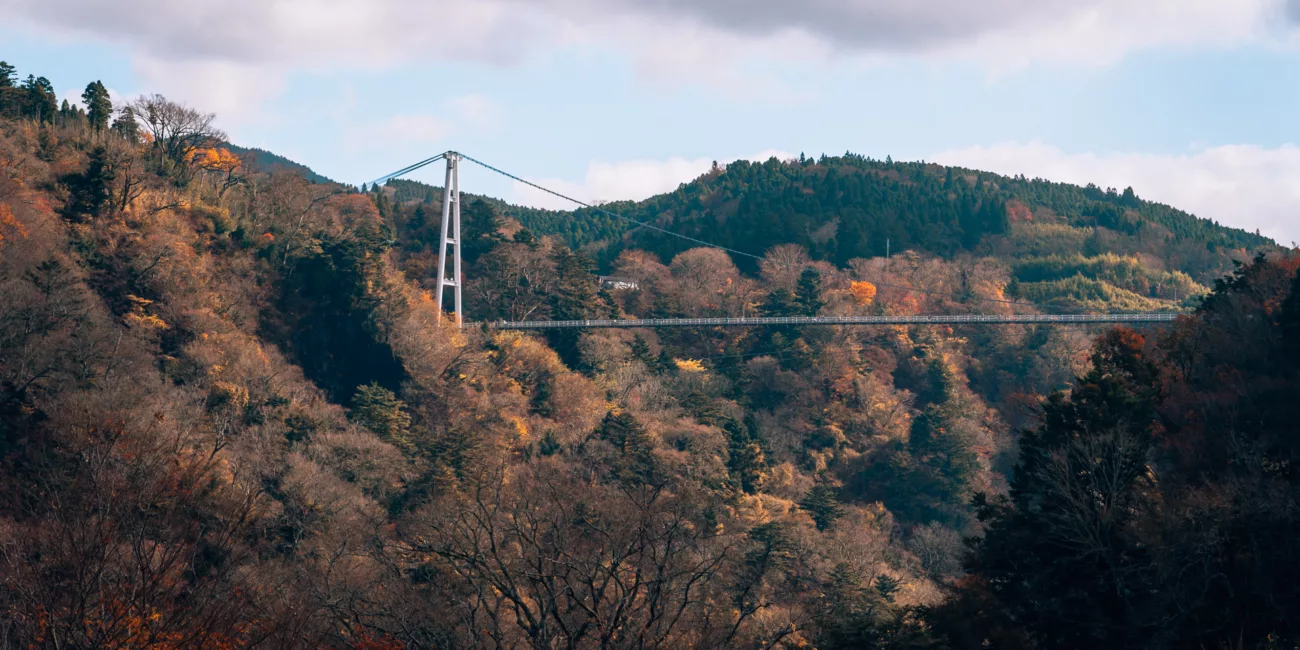

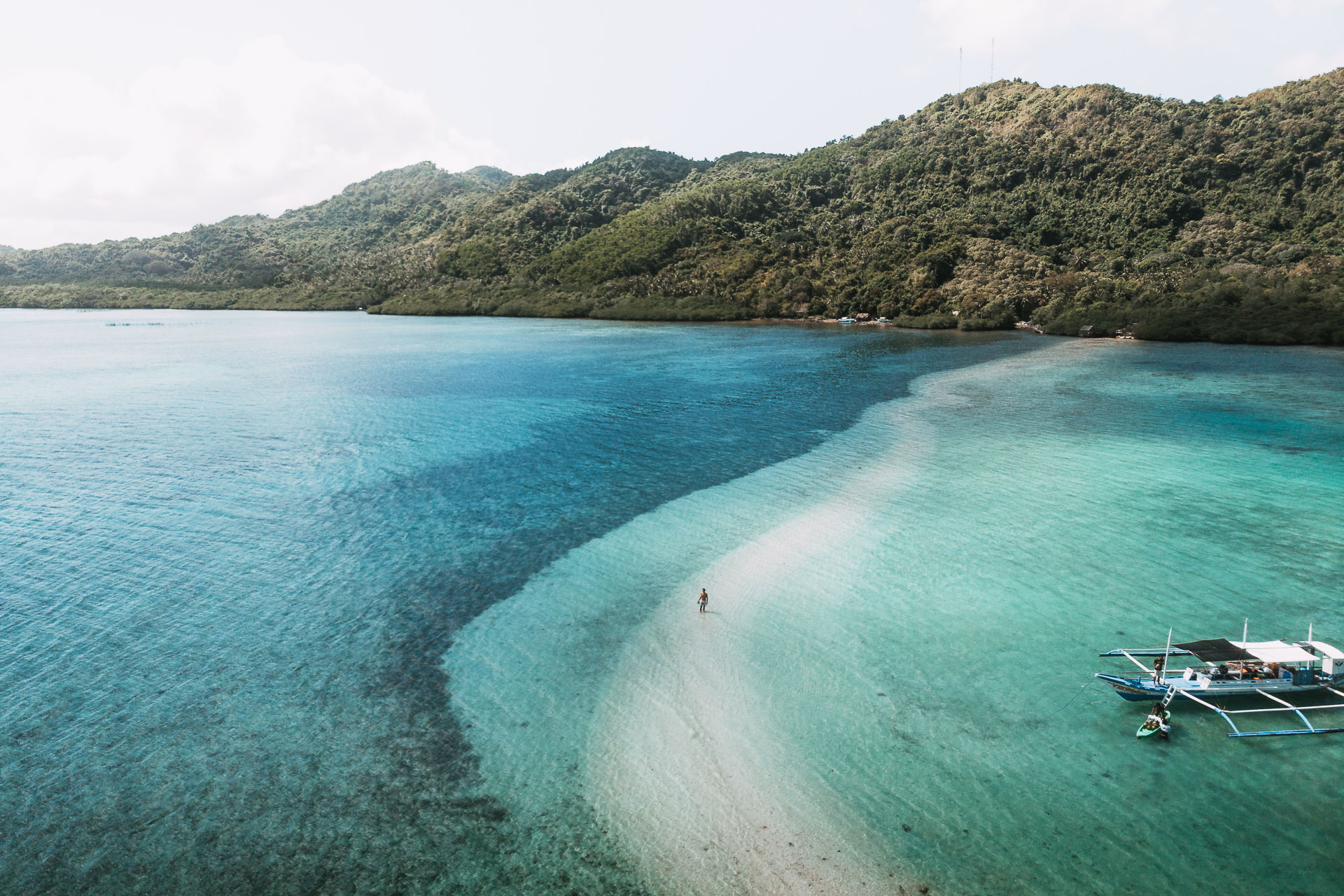
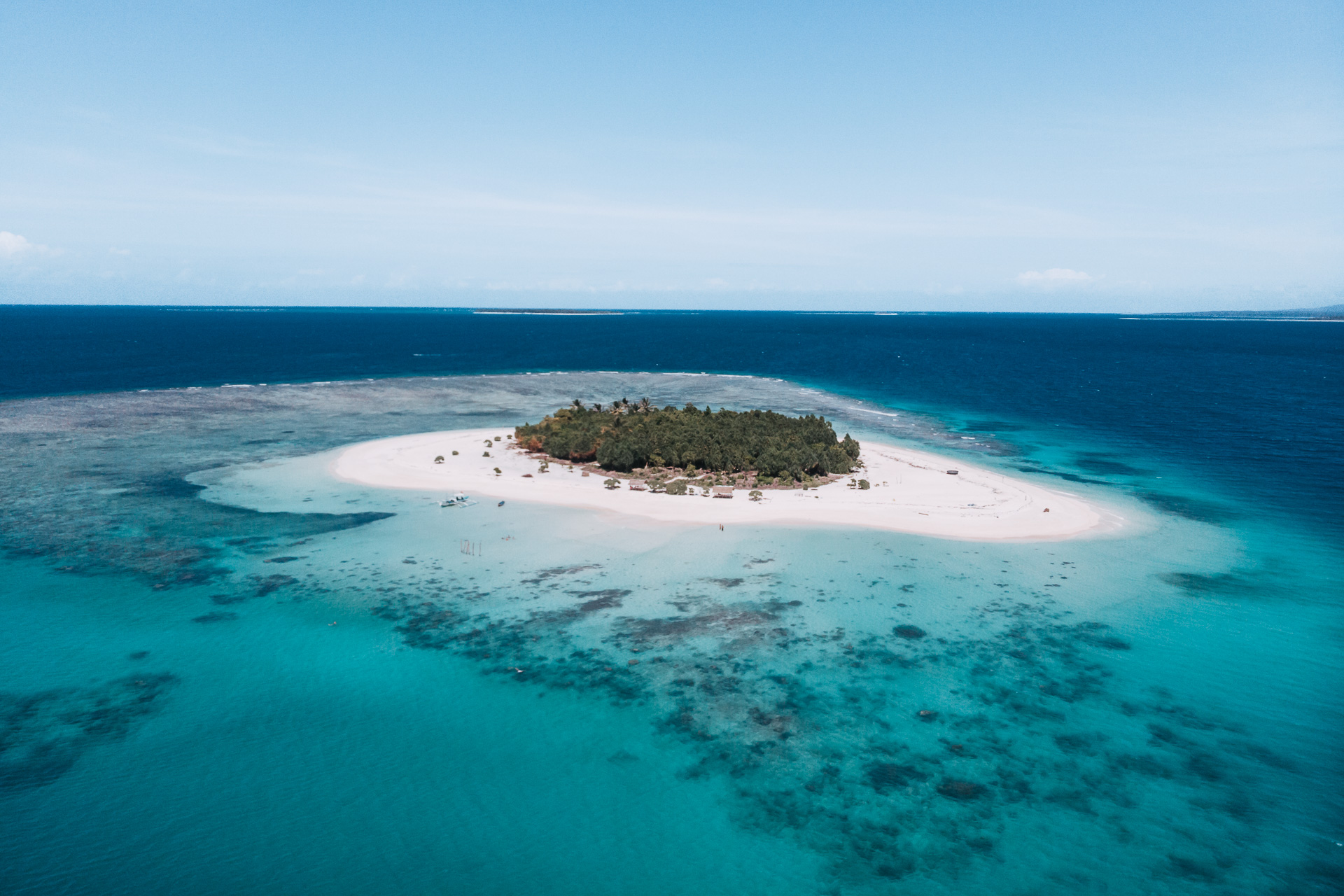
Pingback: Shirakawa-go in Japan: 5 great reasons to visit this fairytale village
Pingback: Jigokudani monkey park: the most famous hot spring with monkeys in Japan